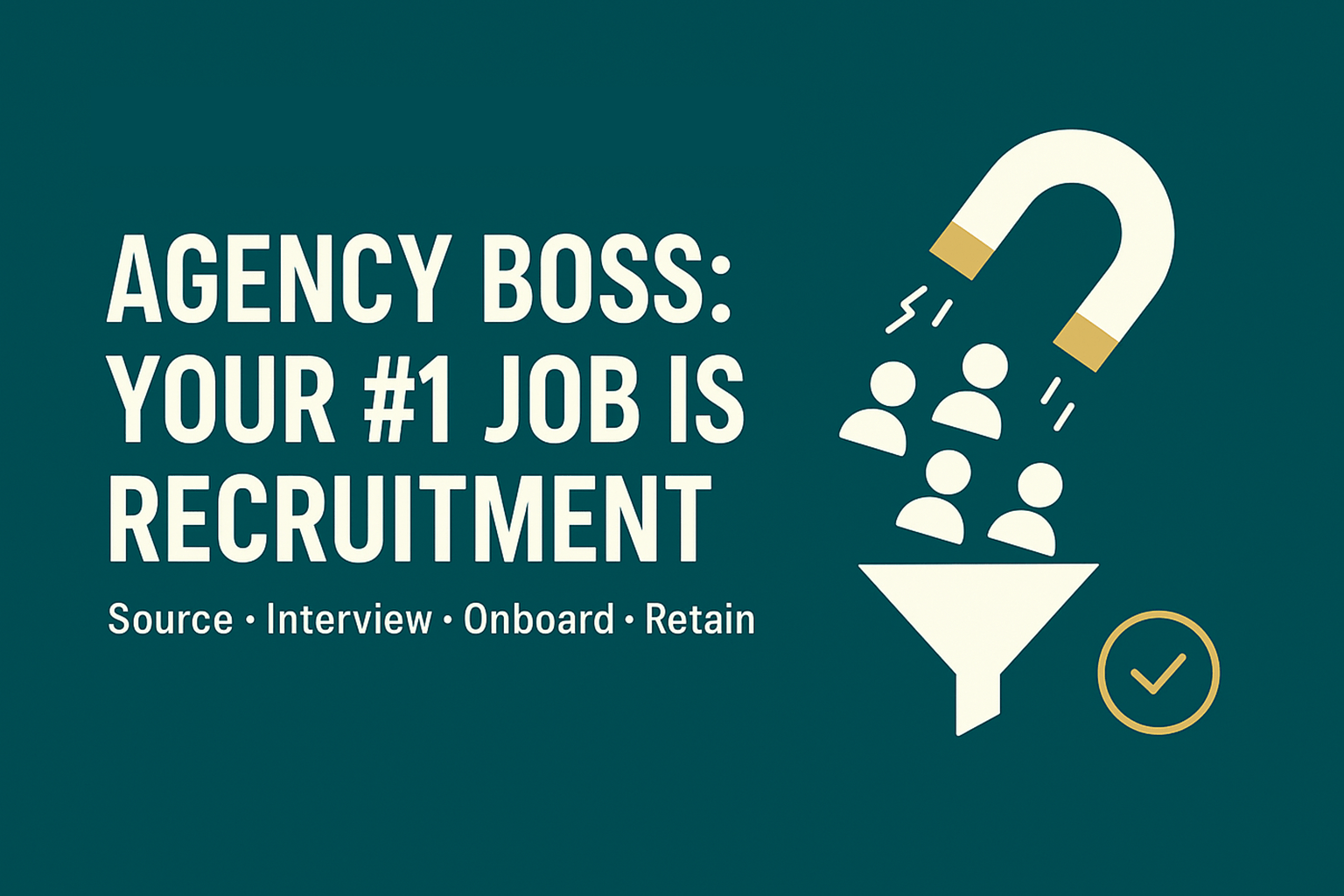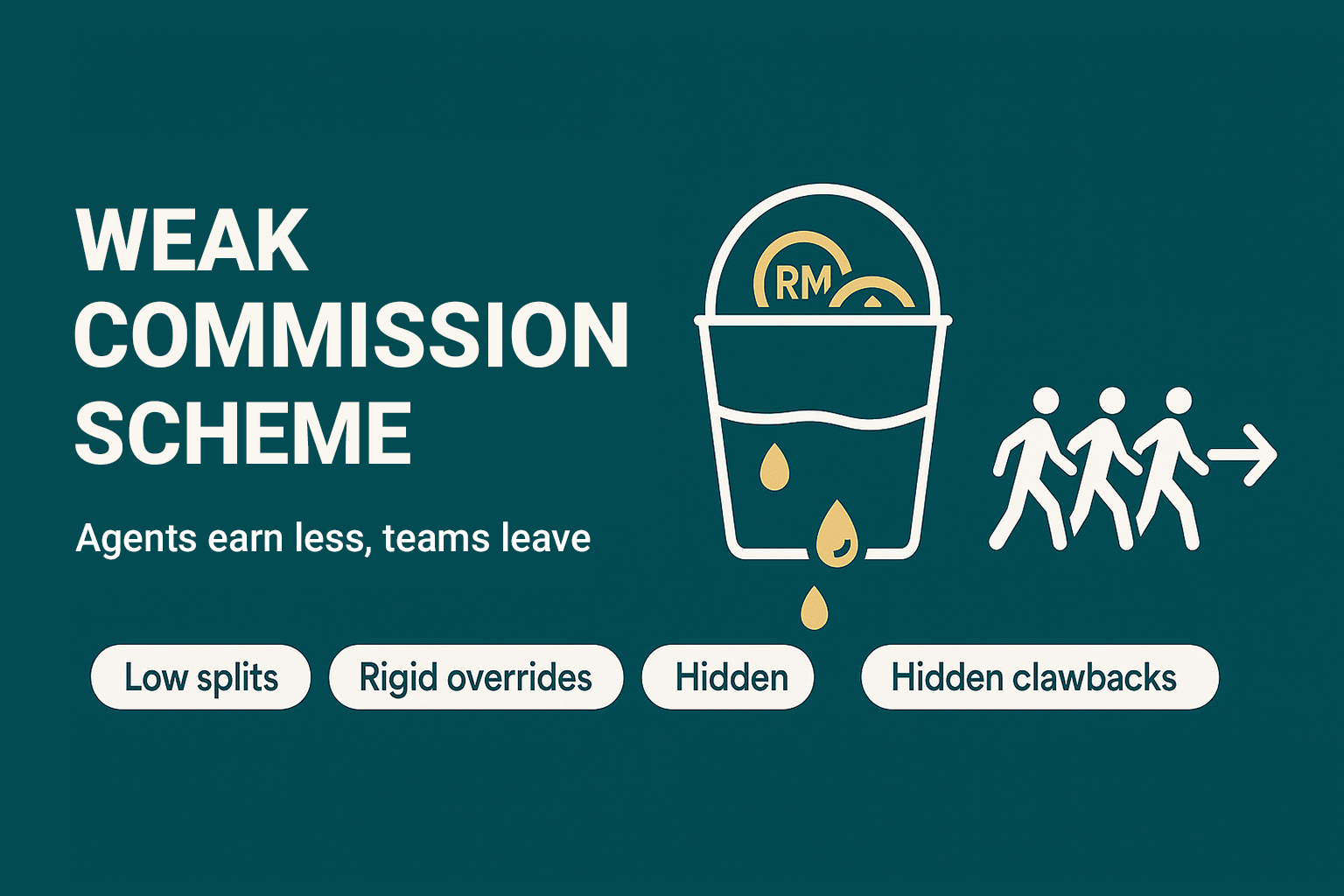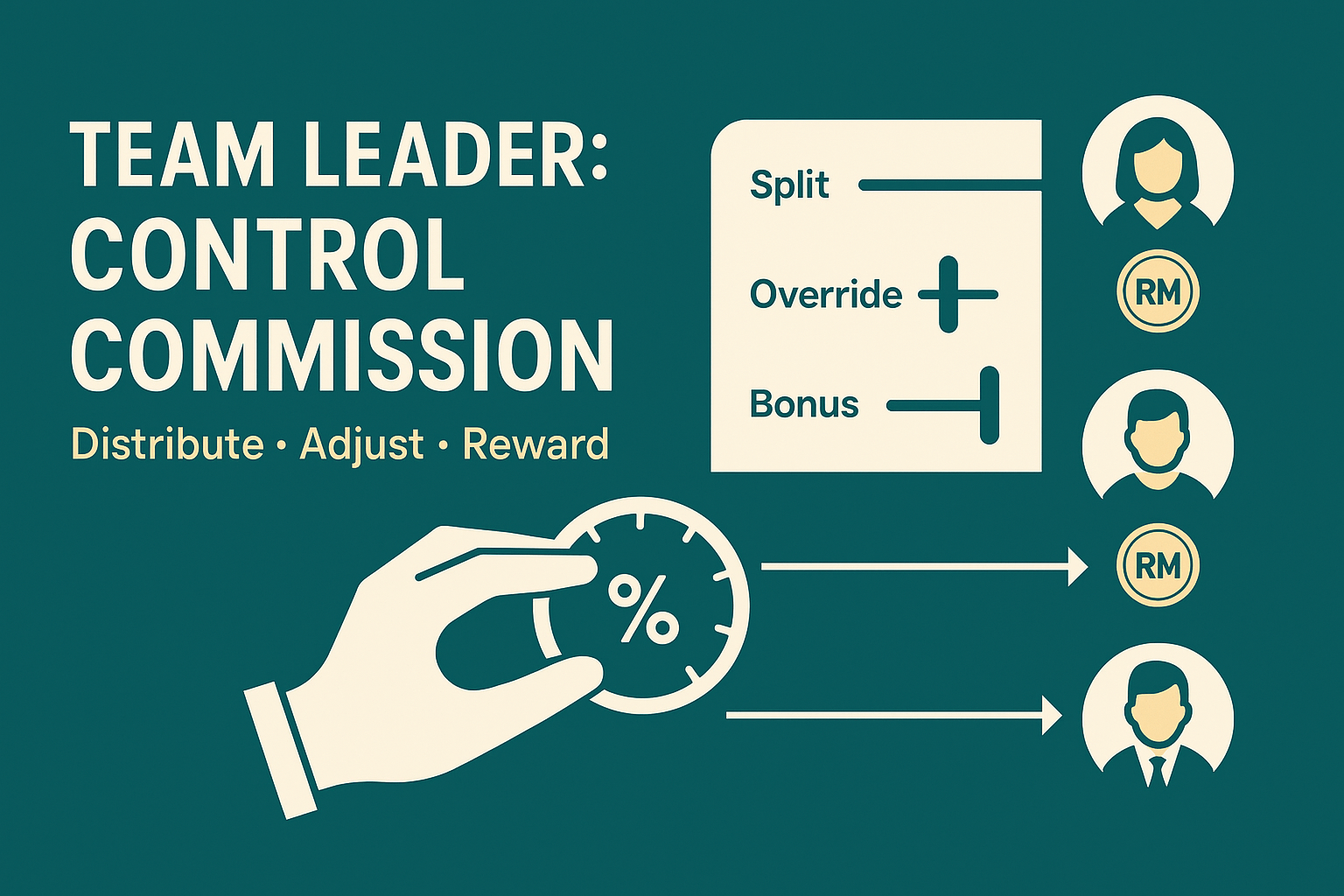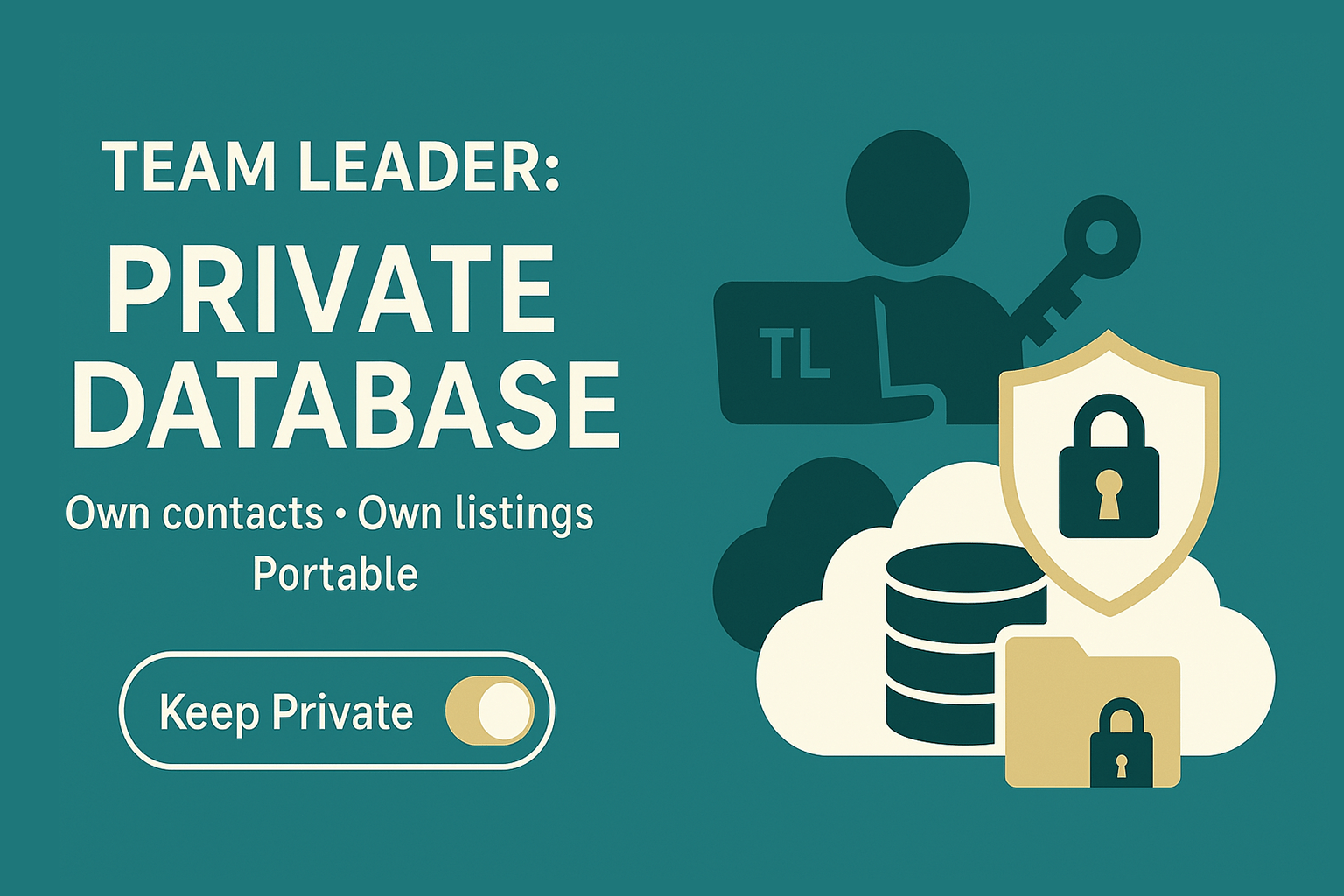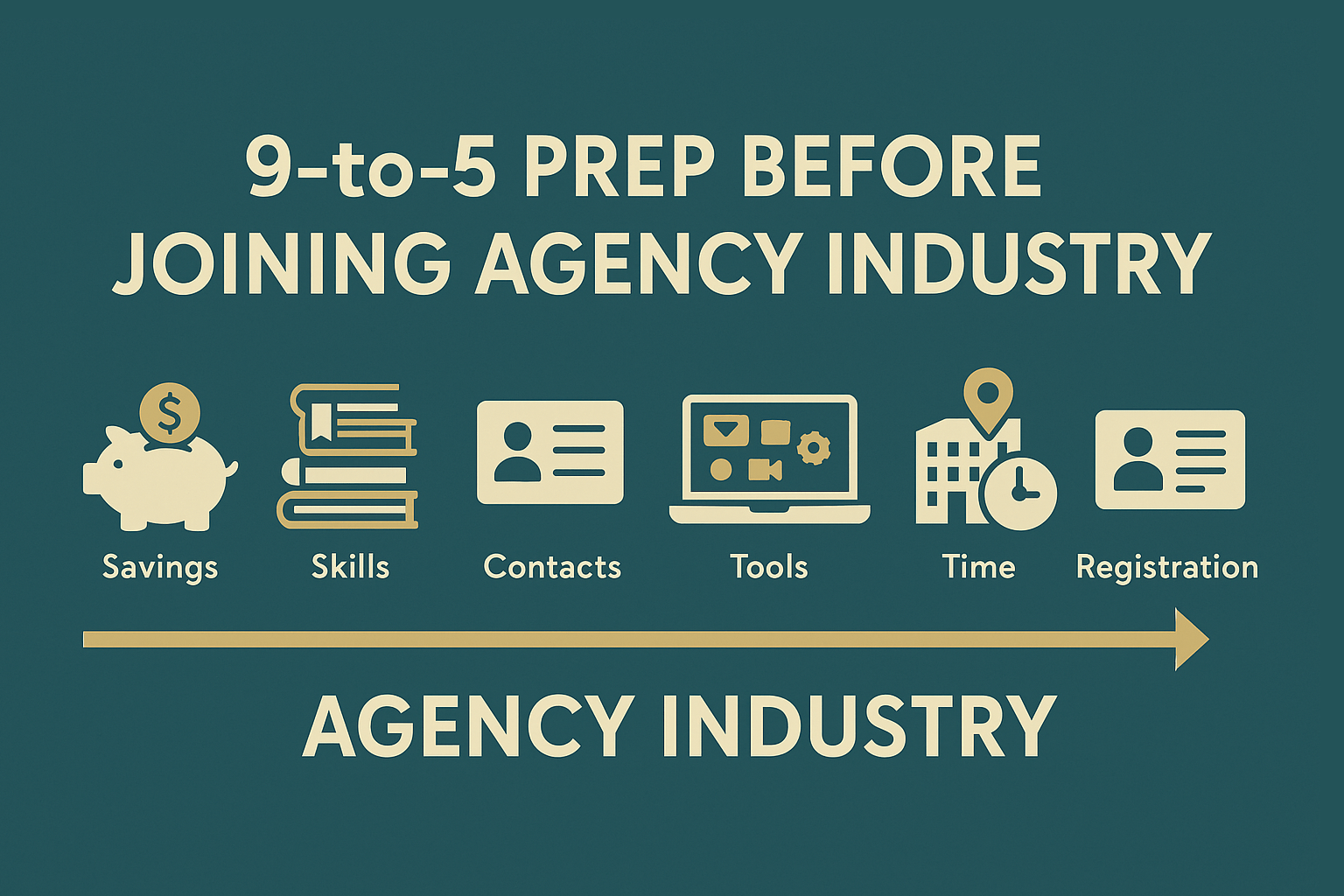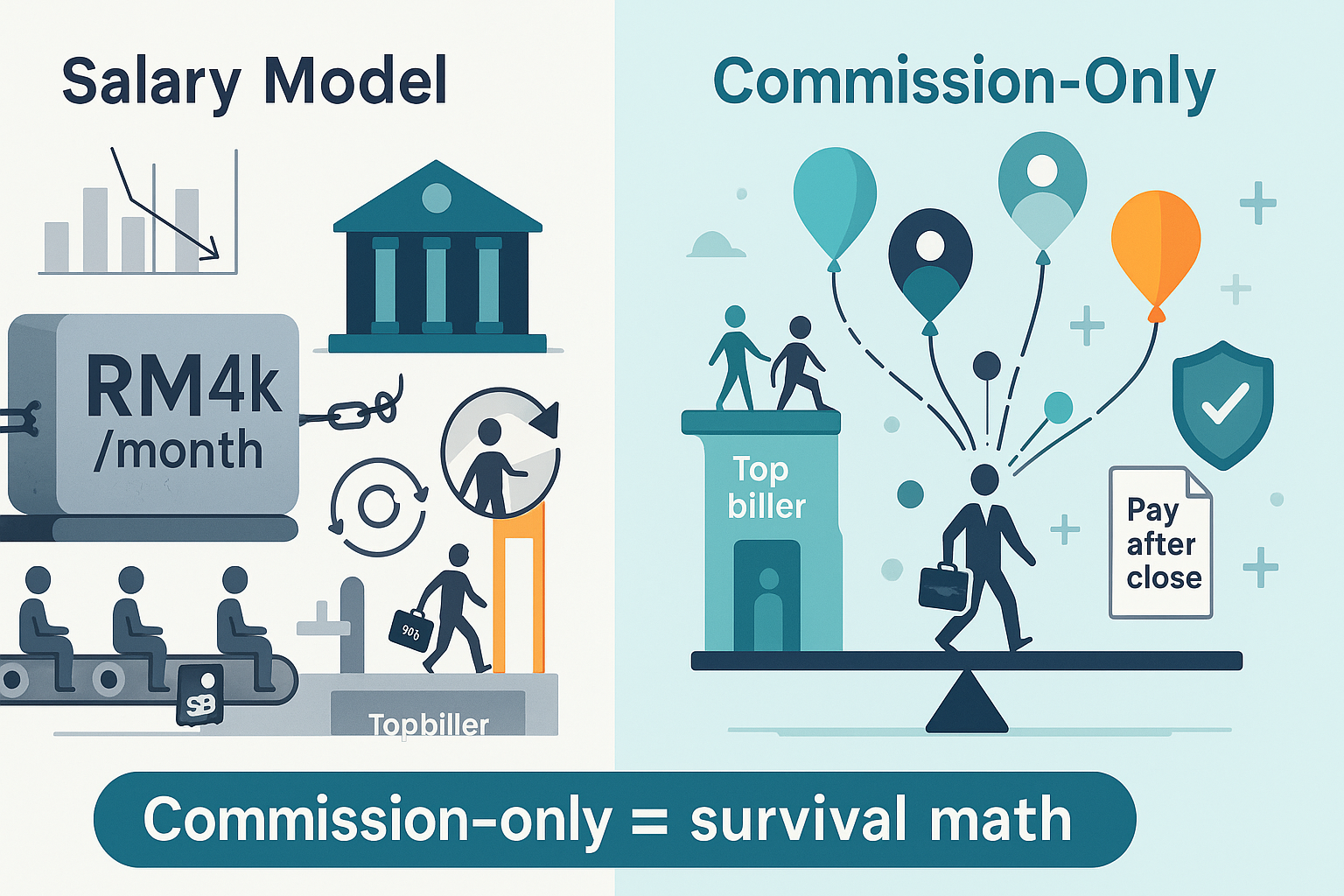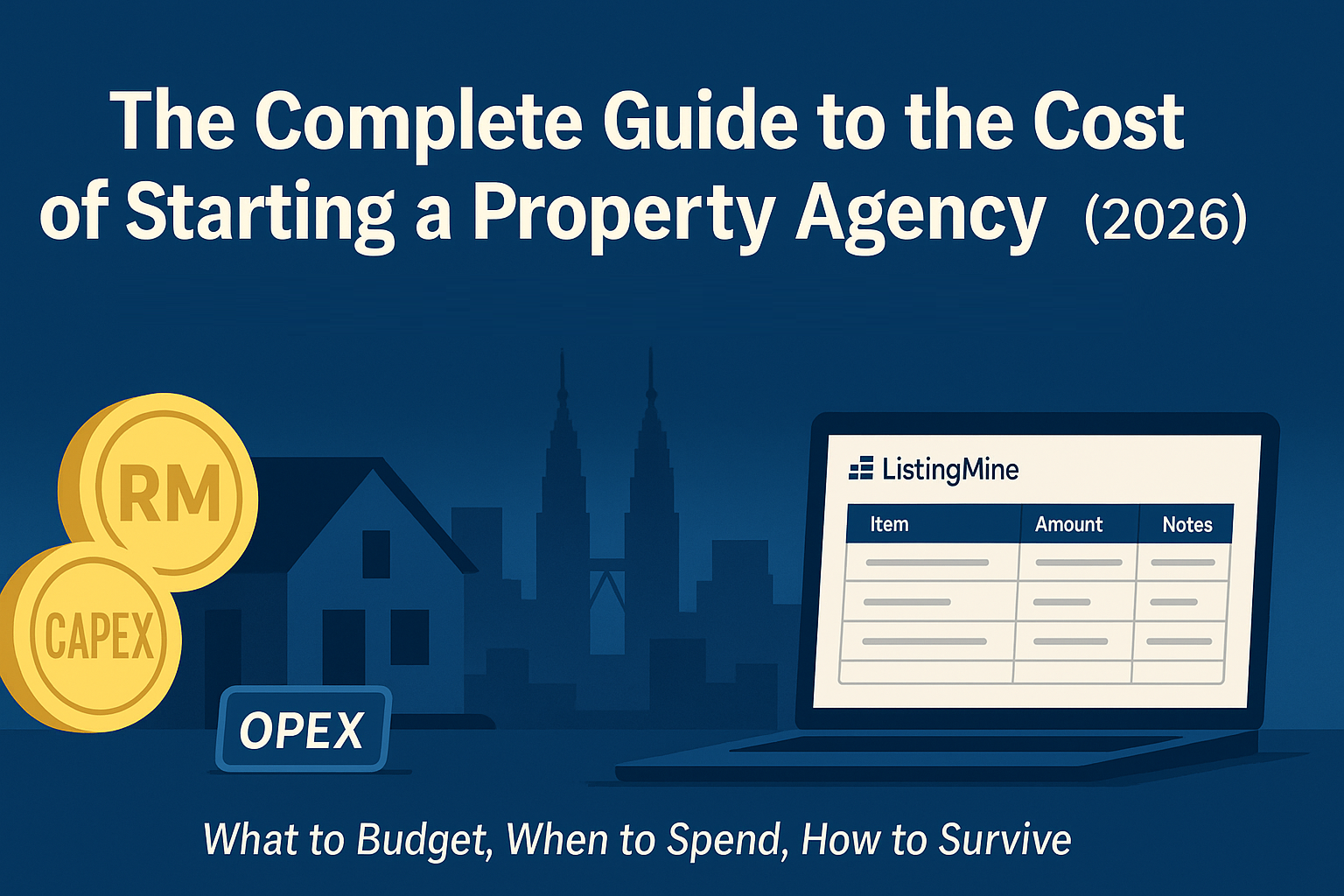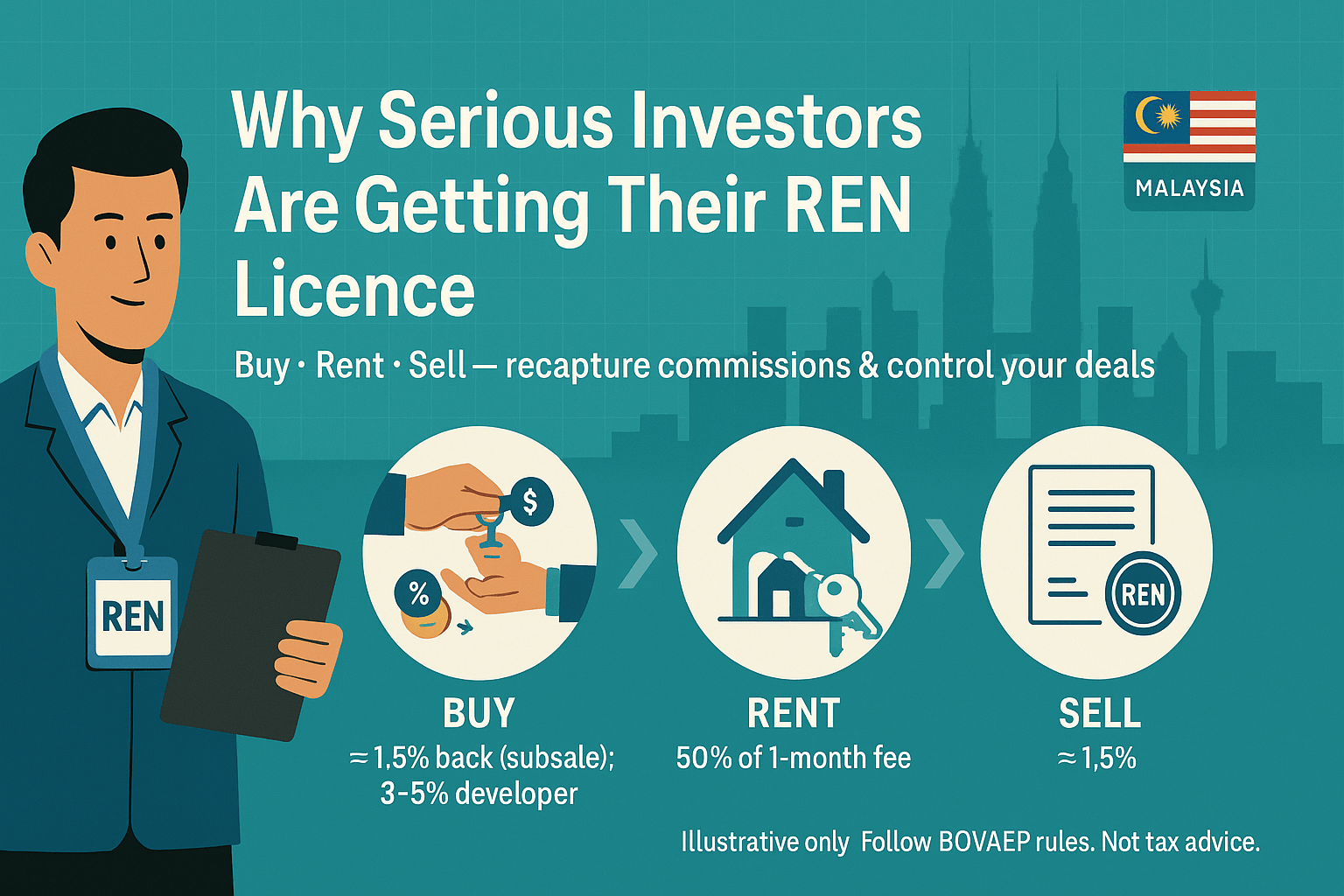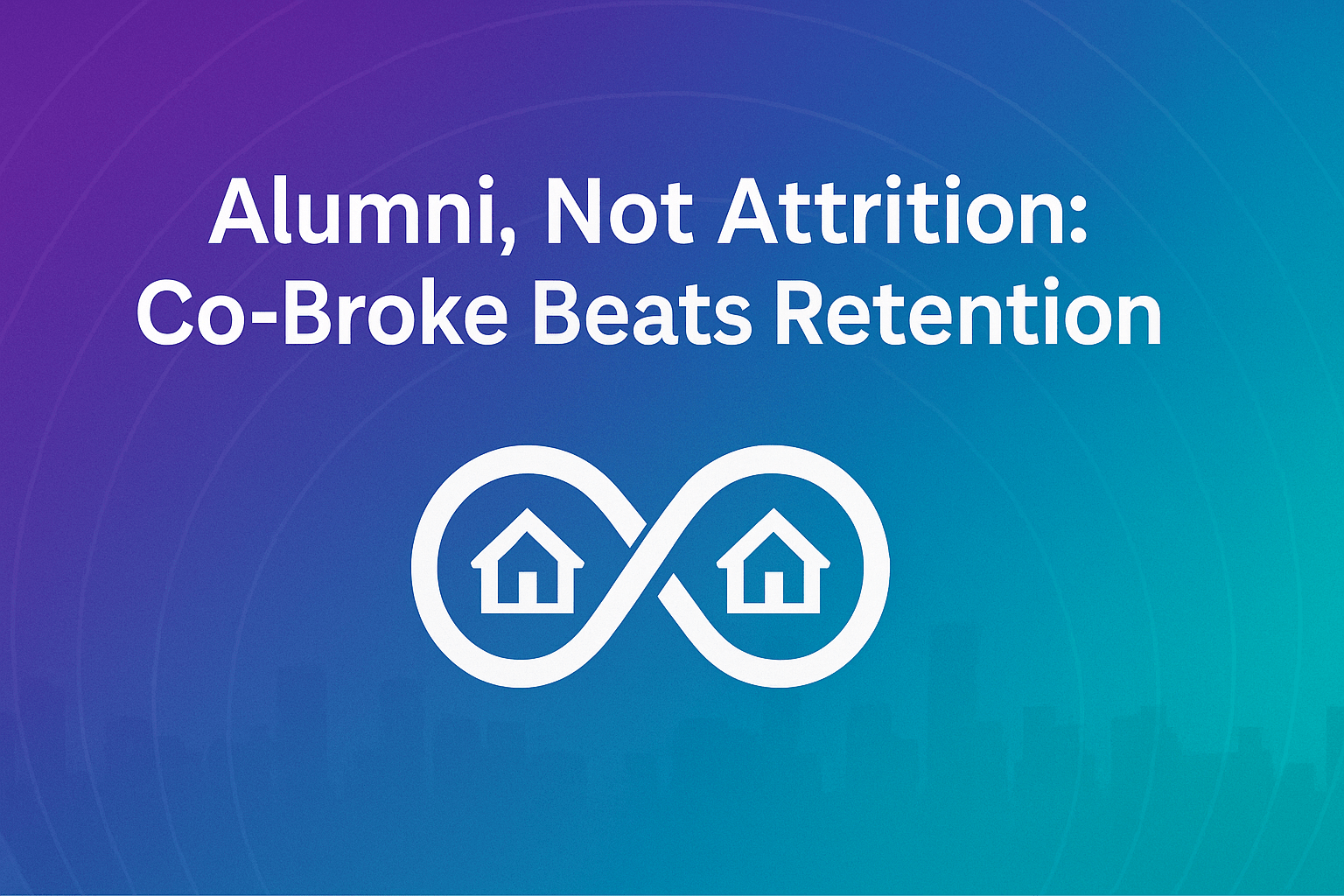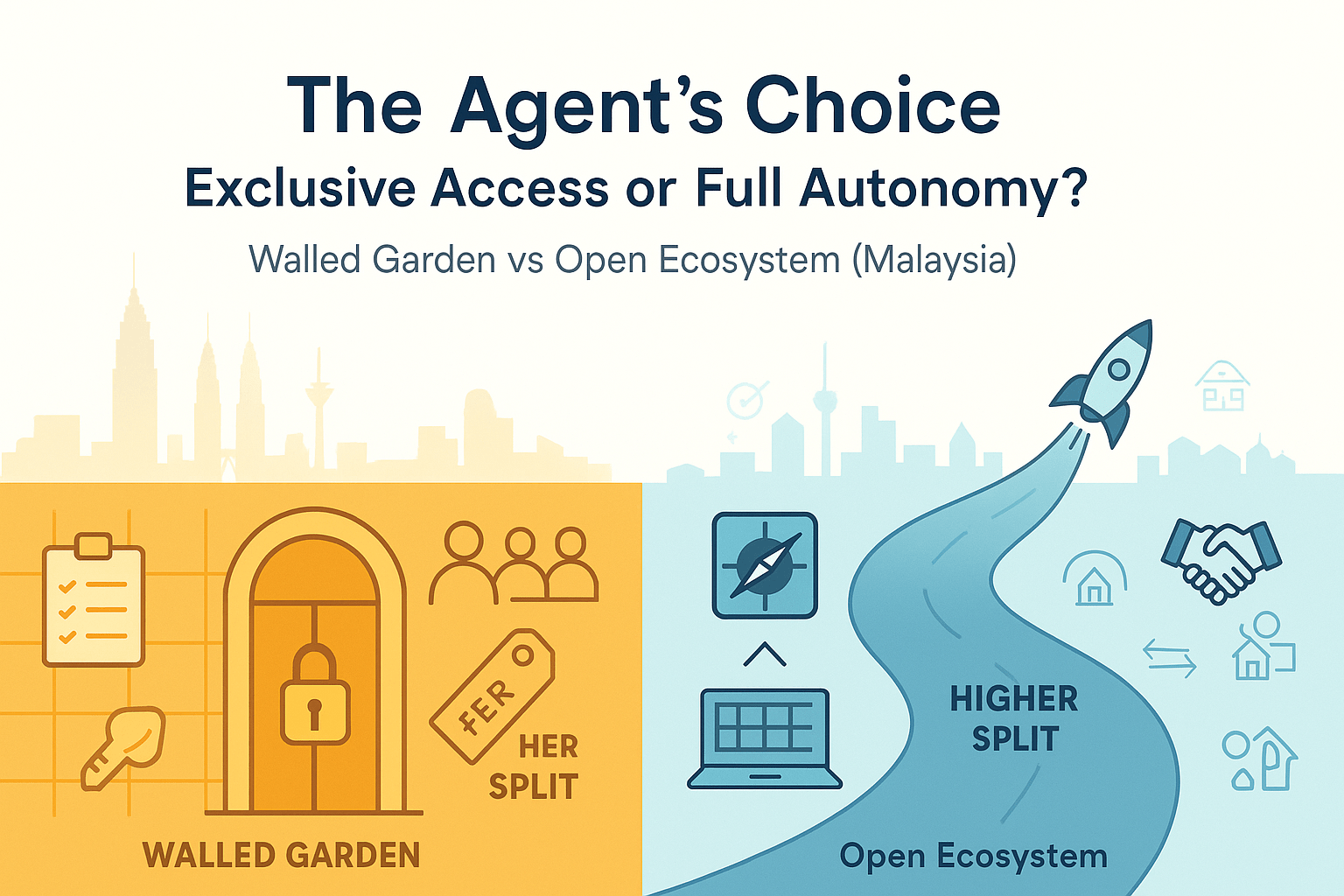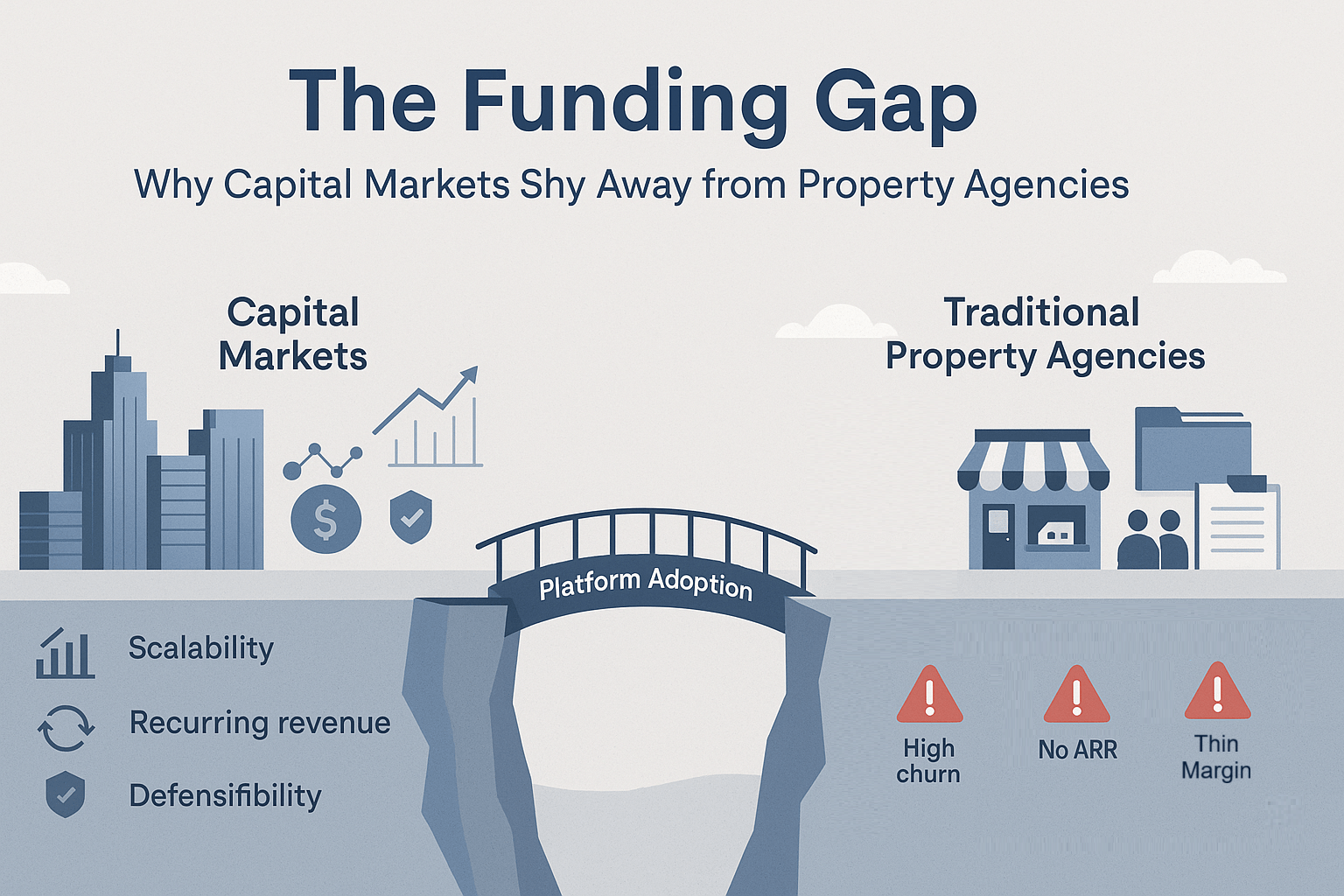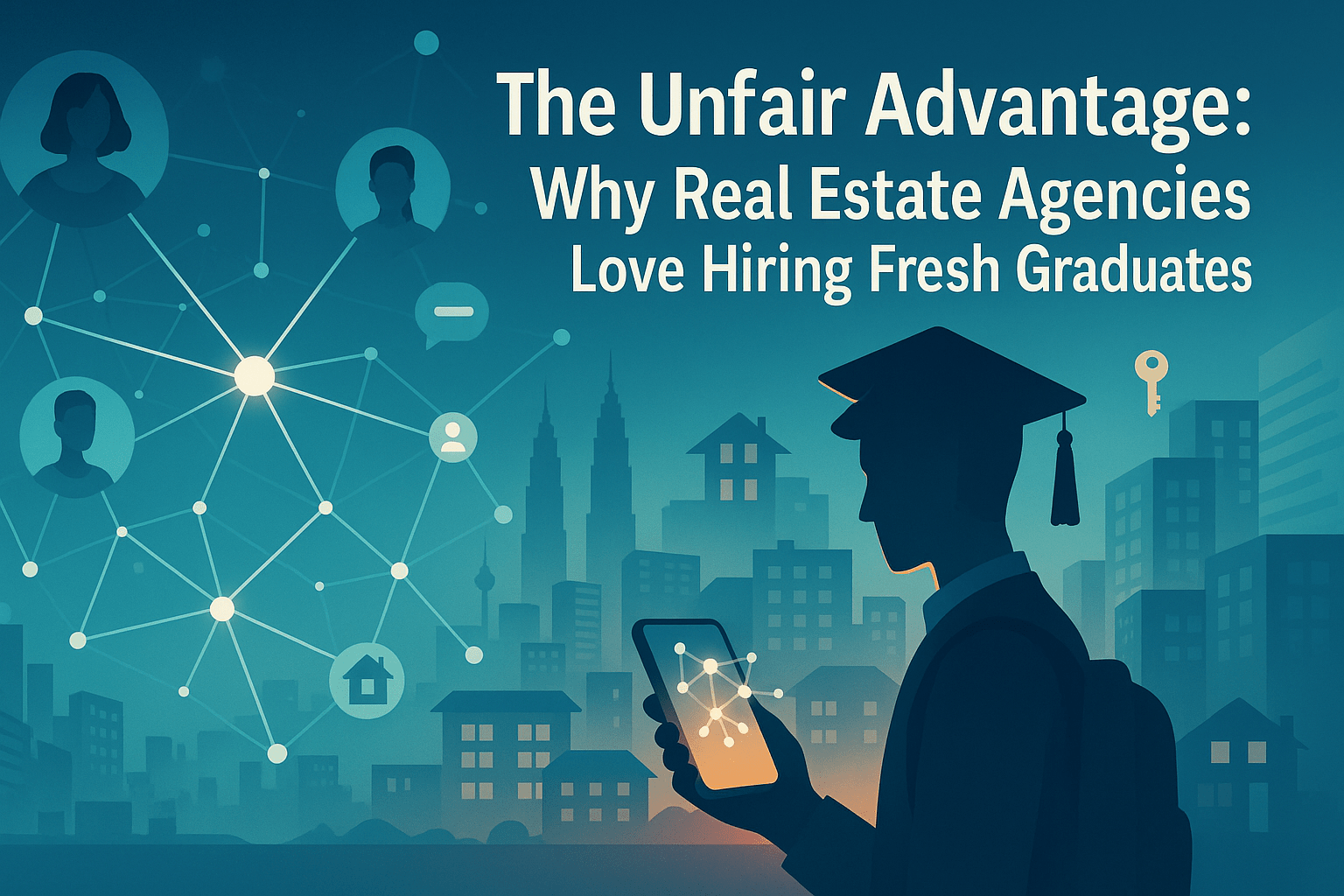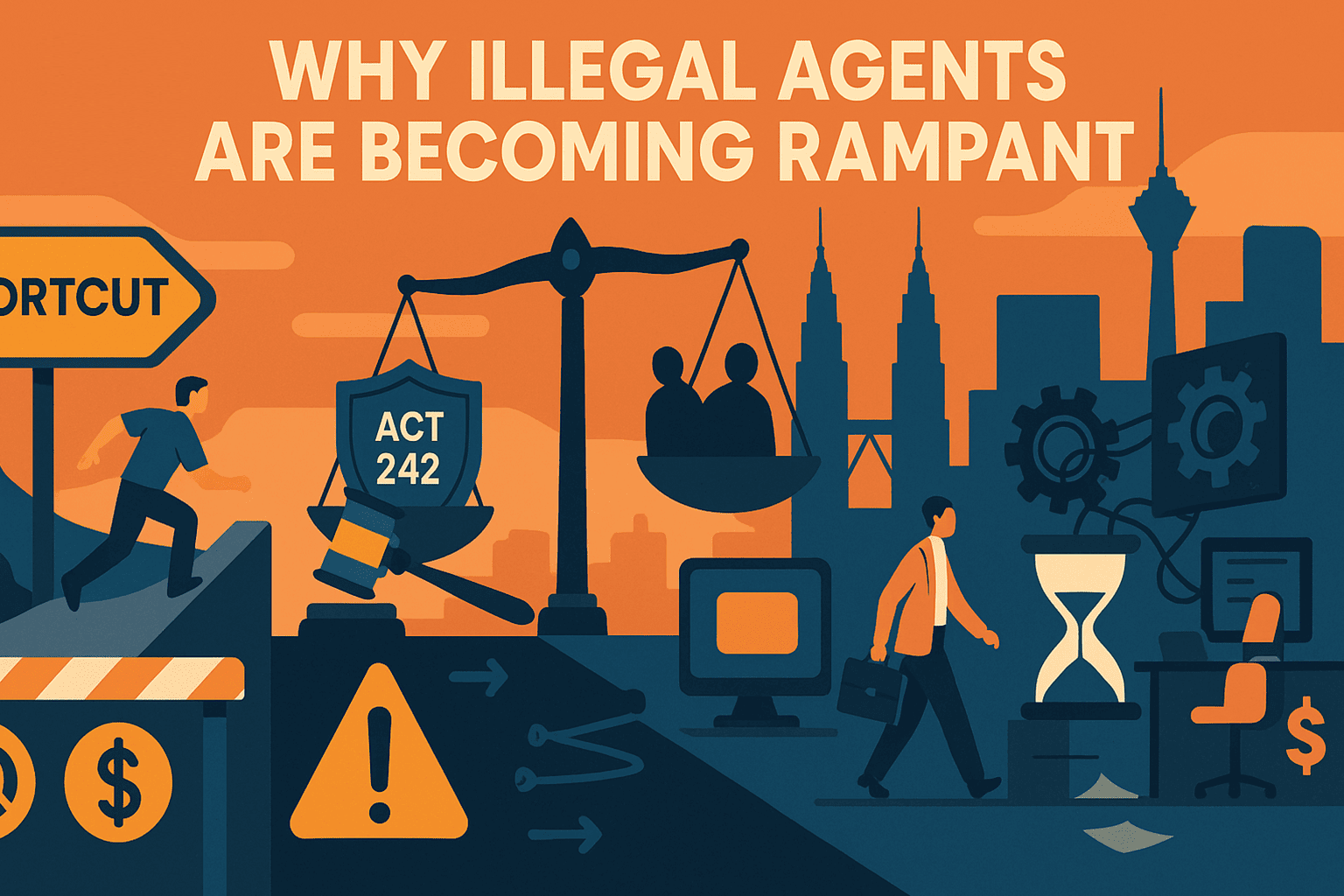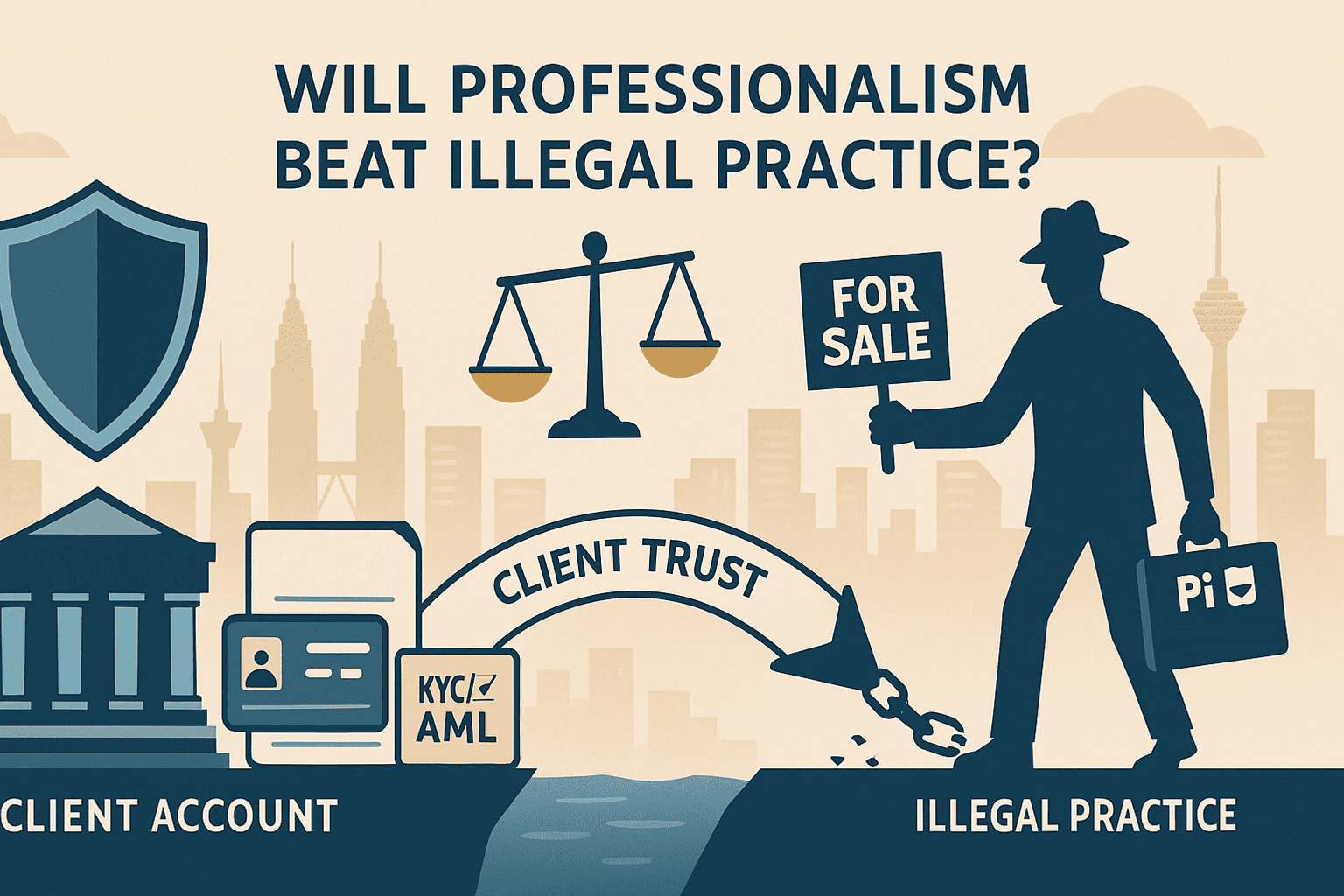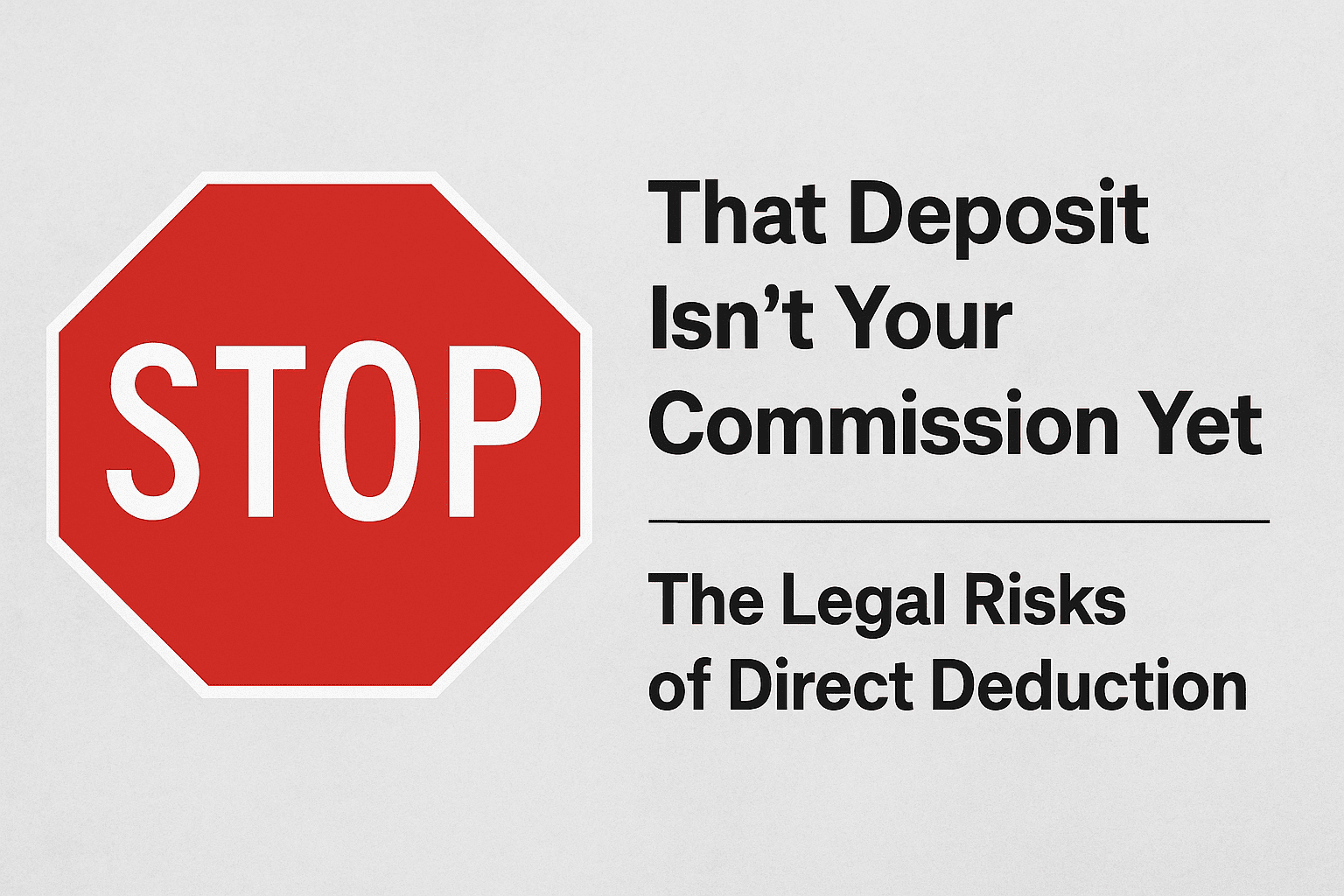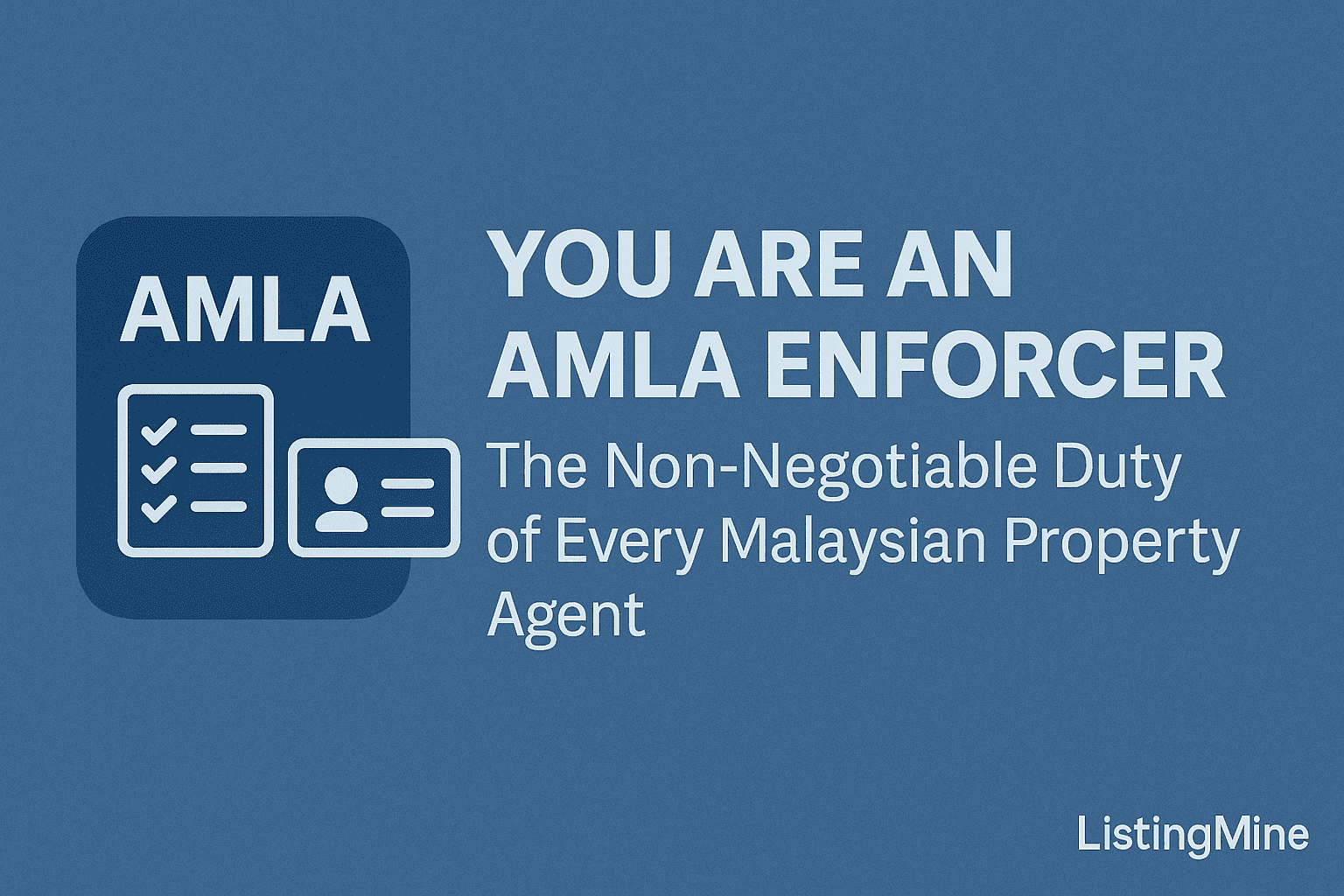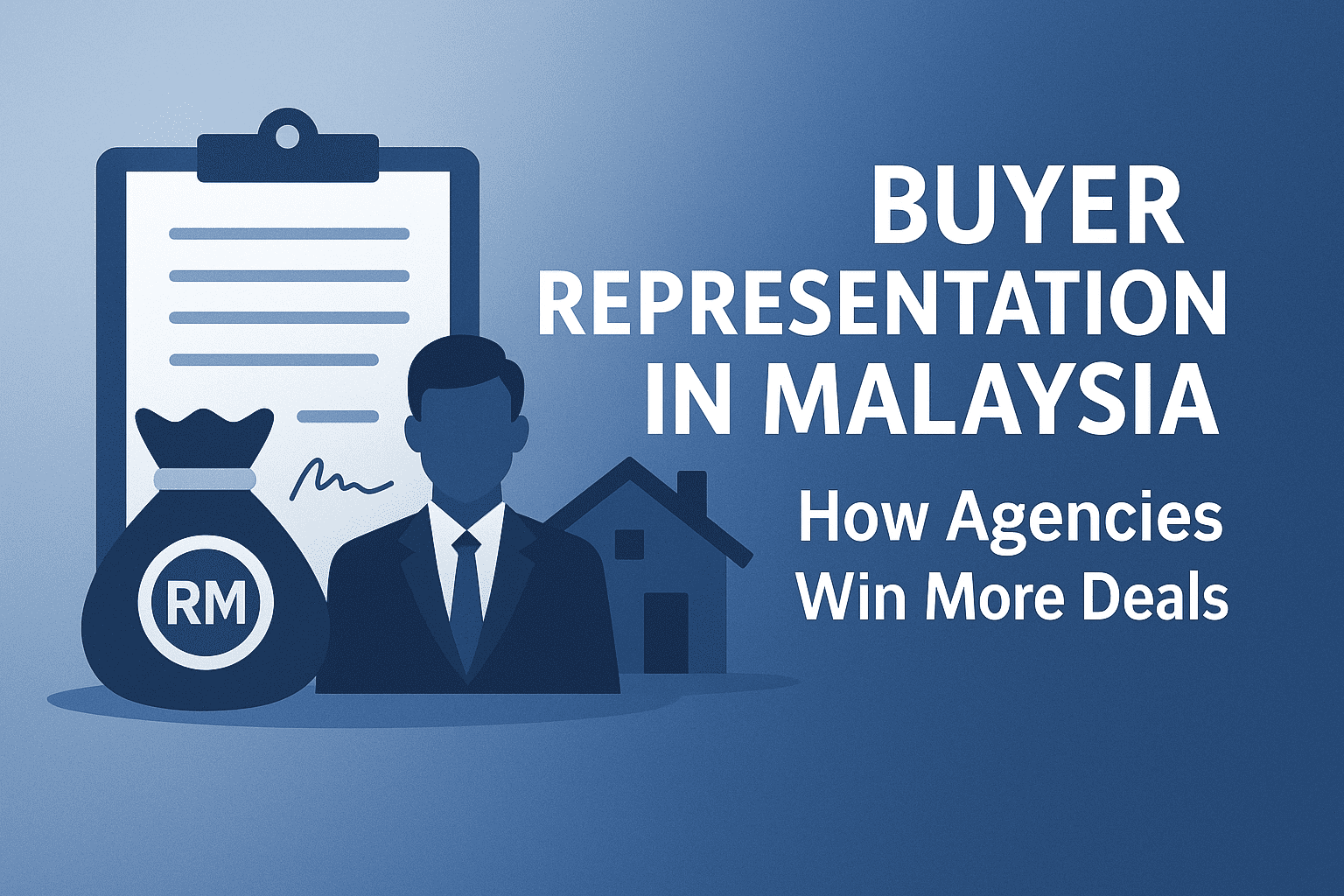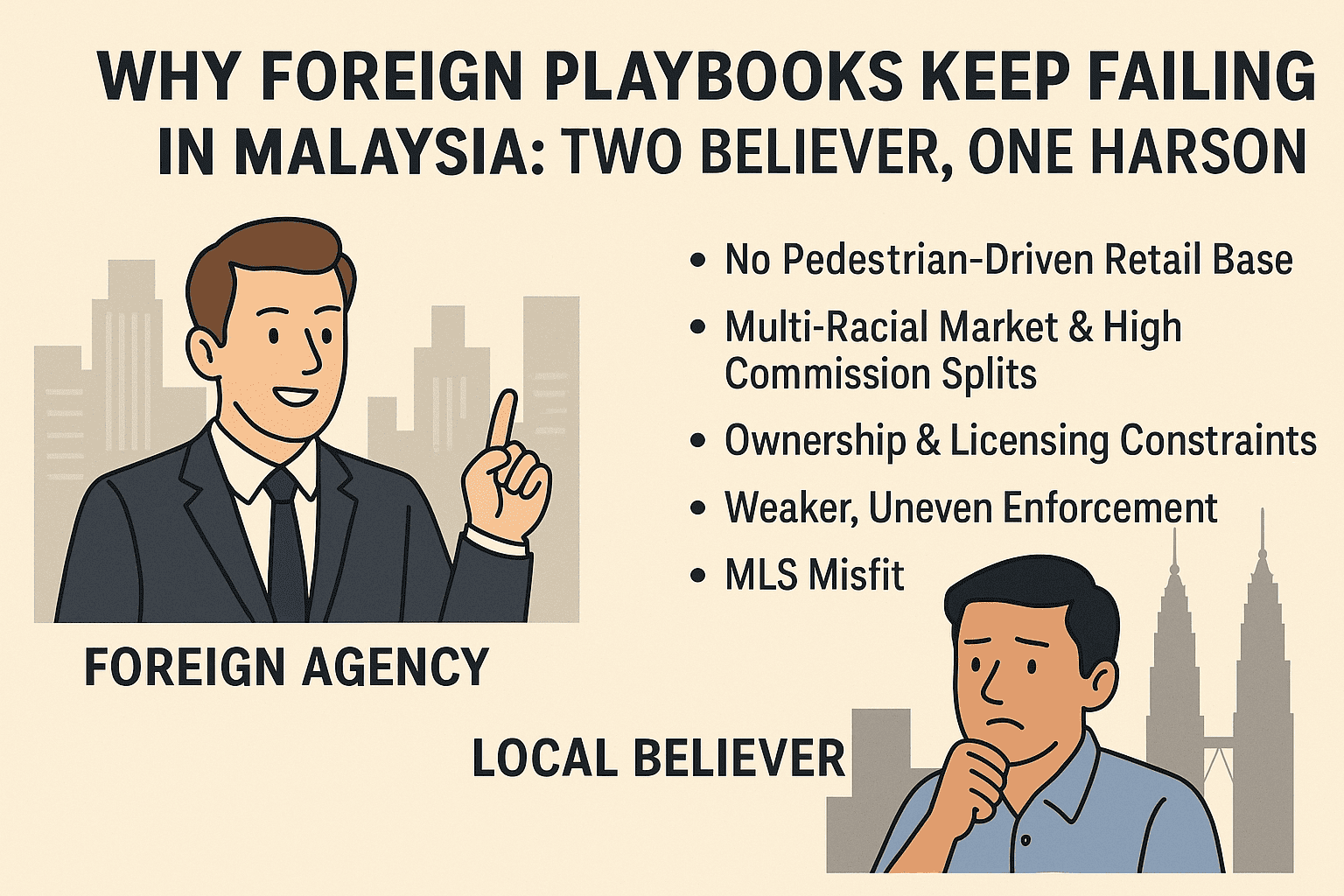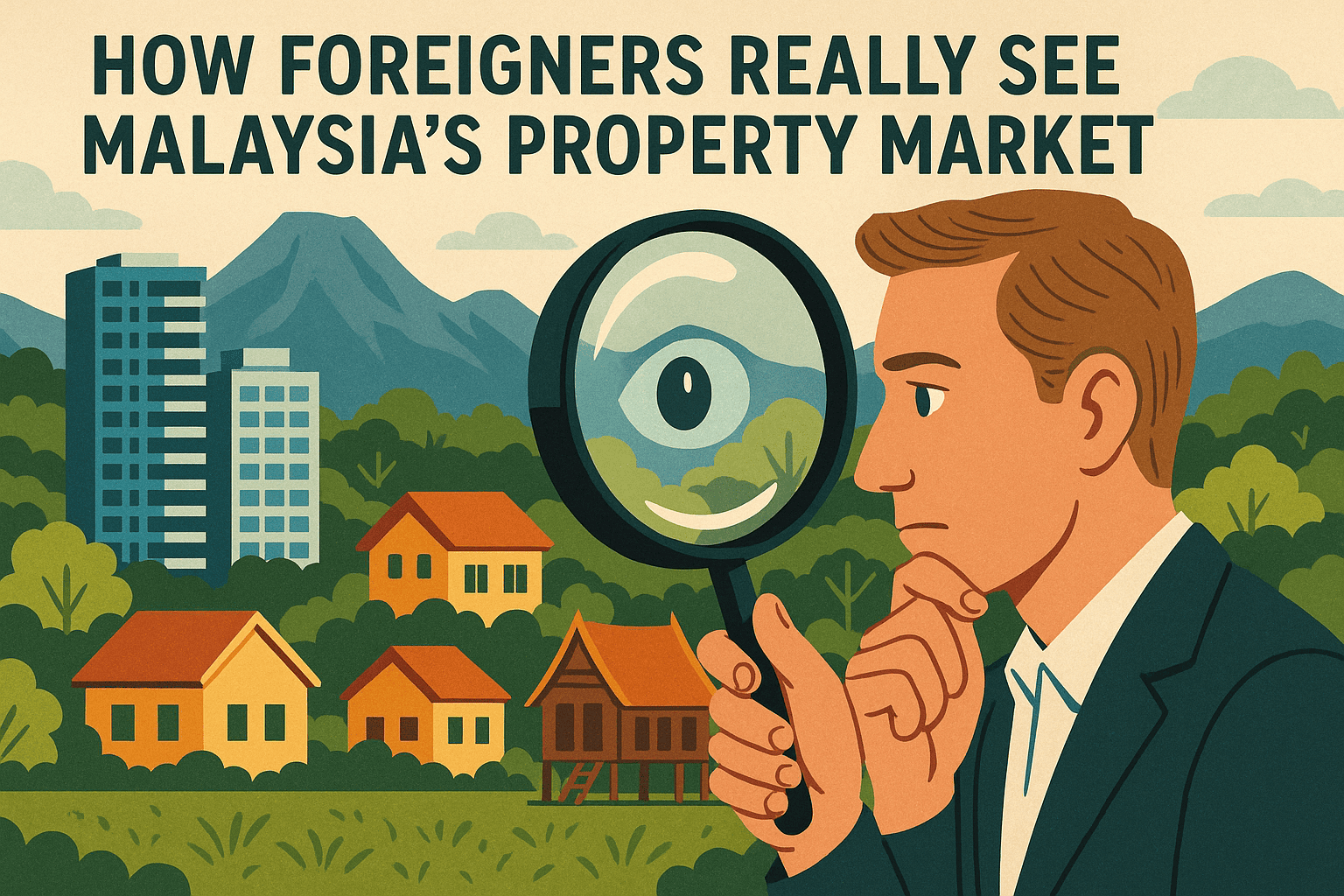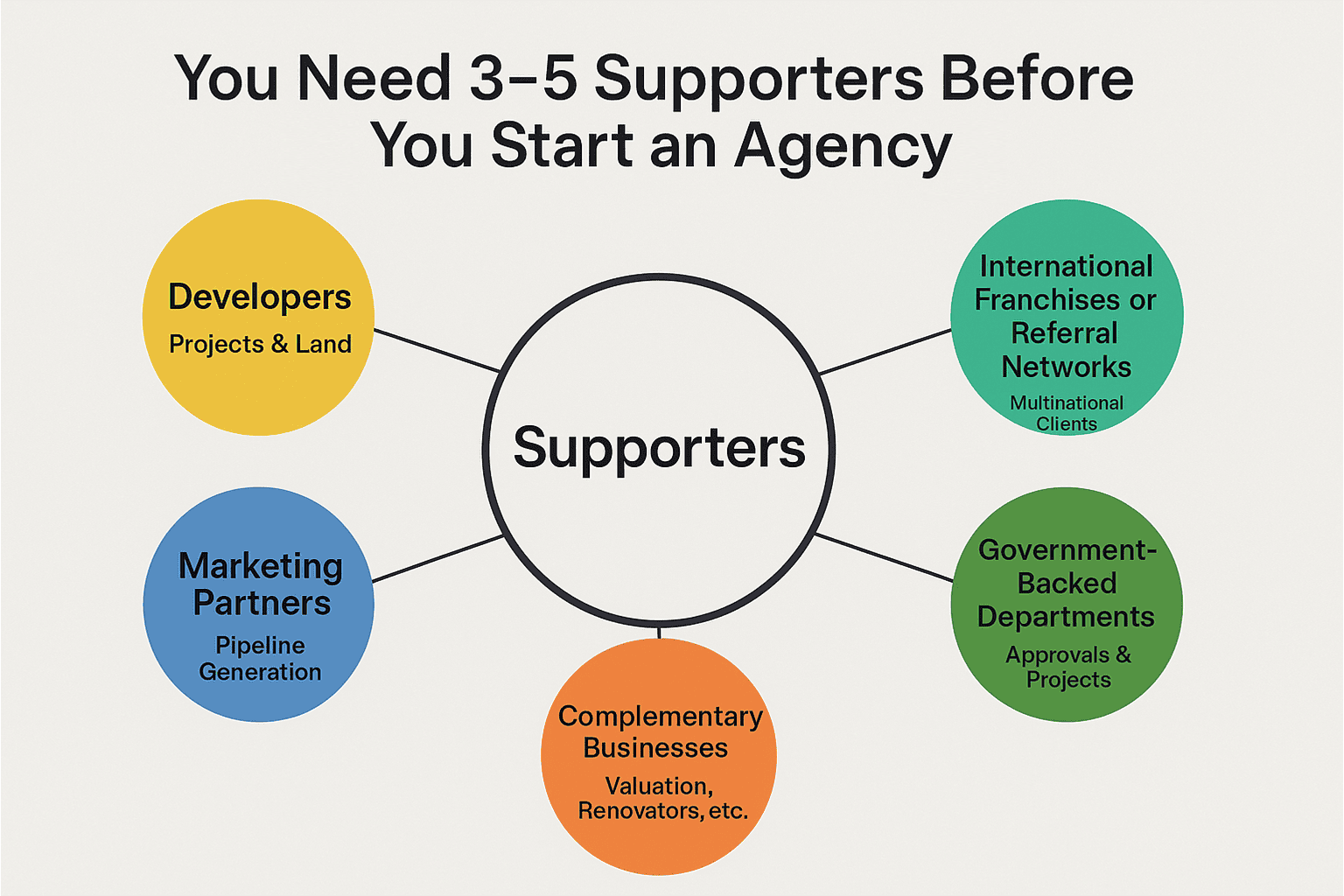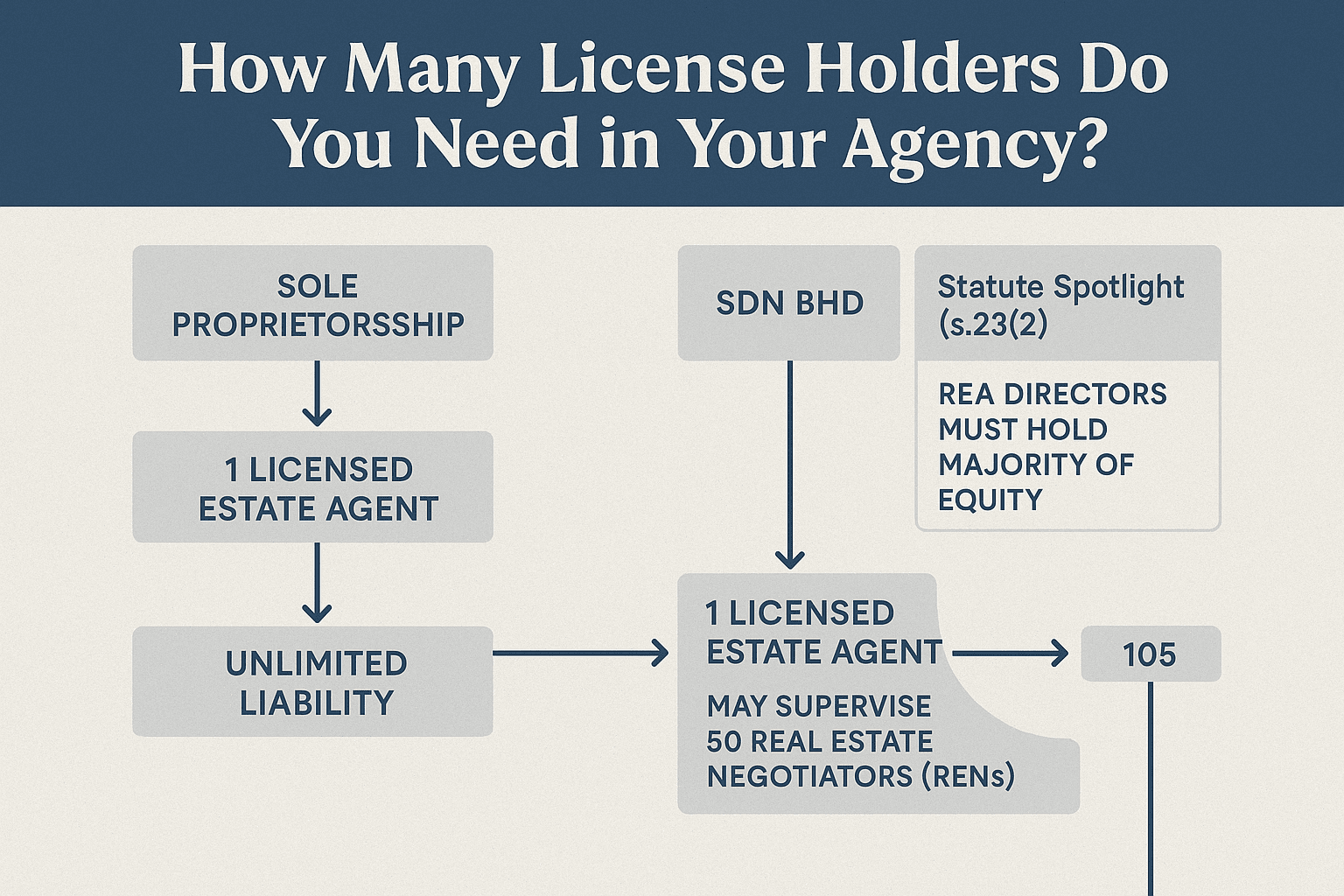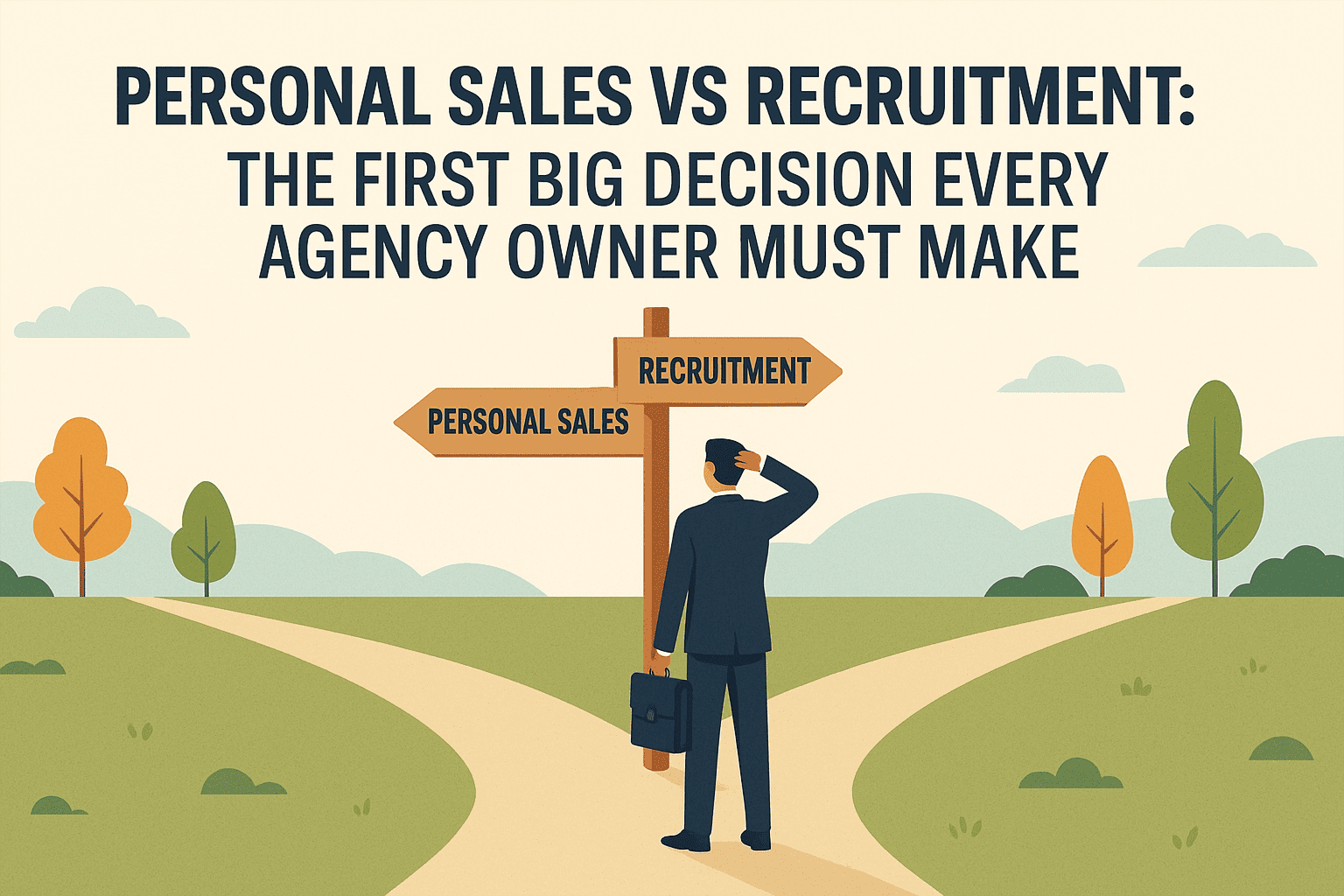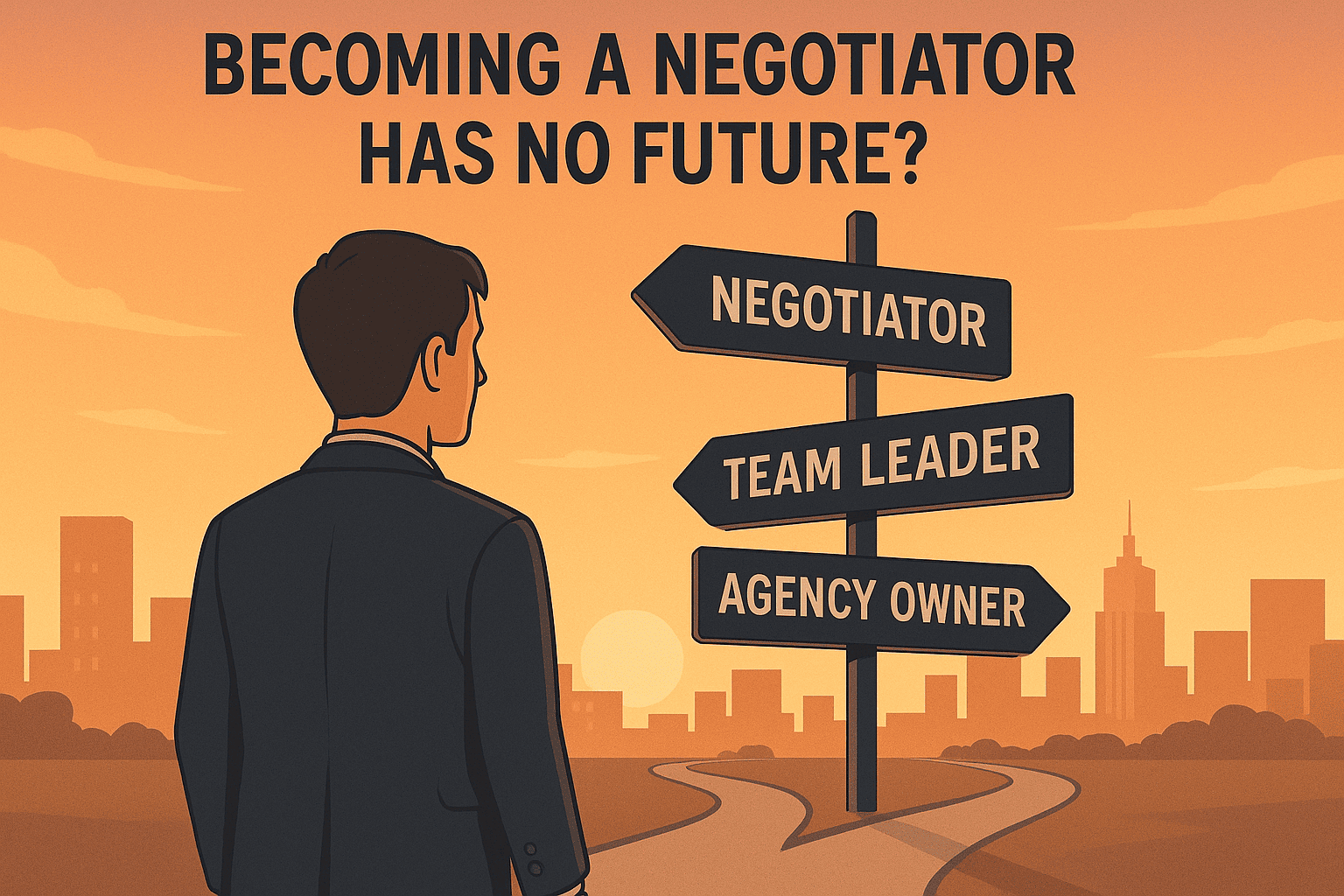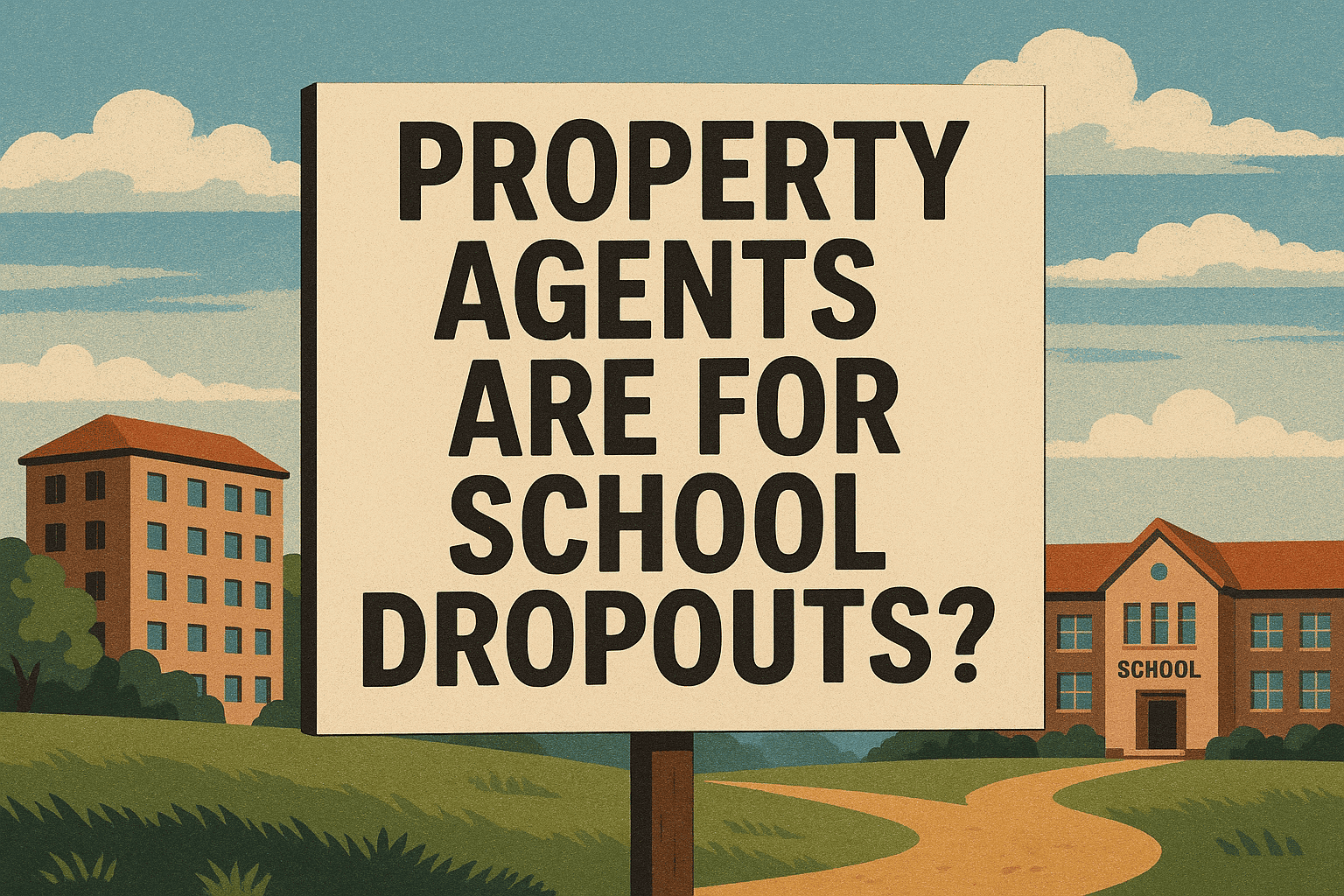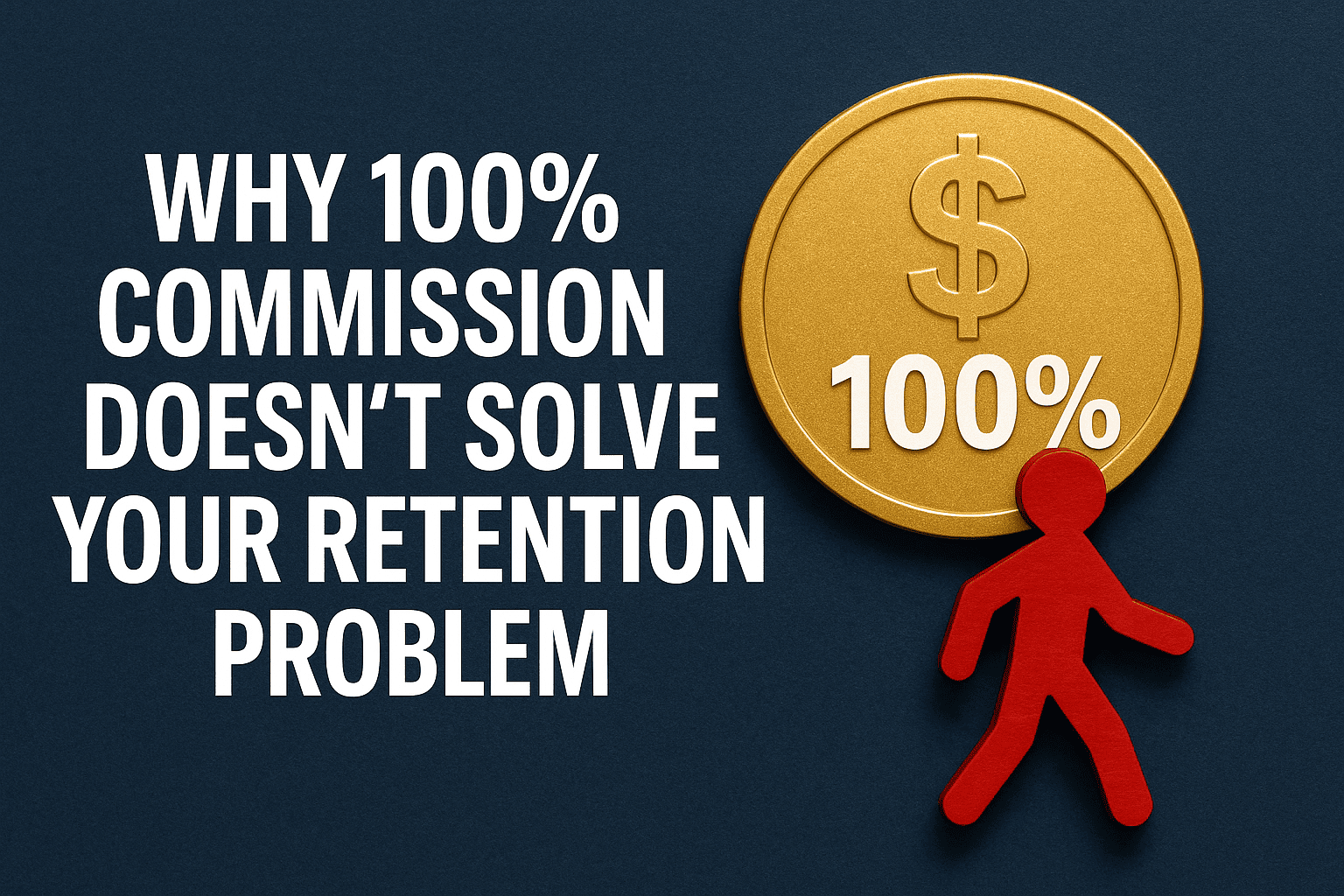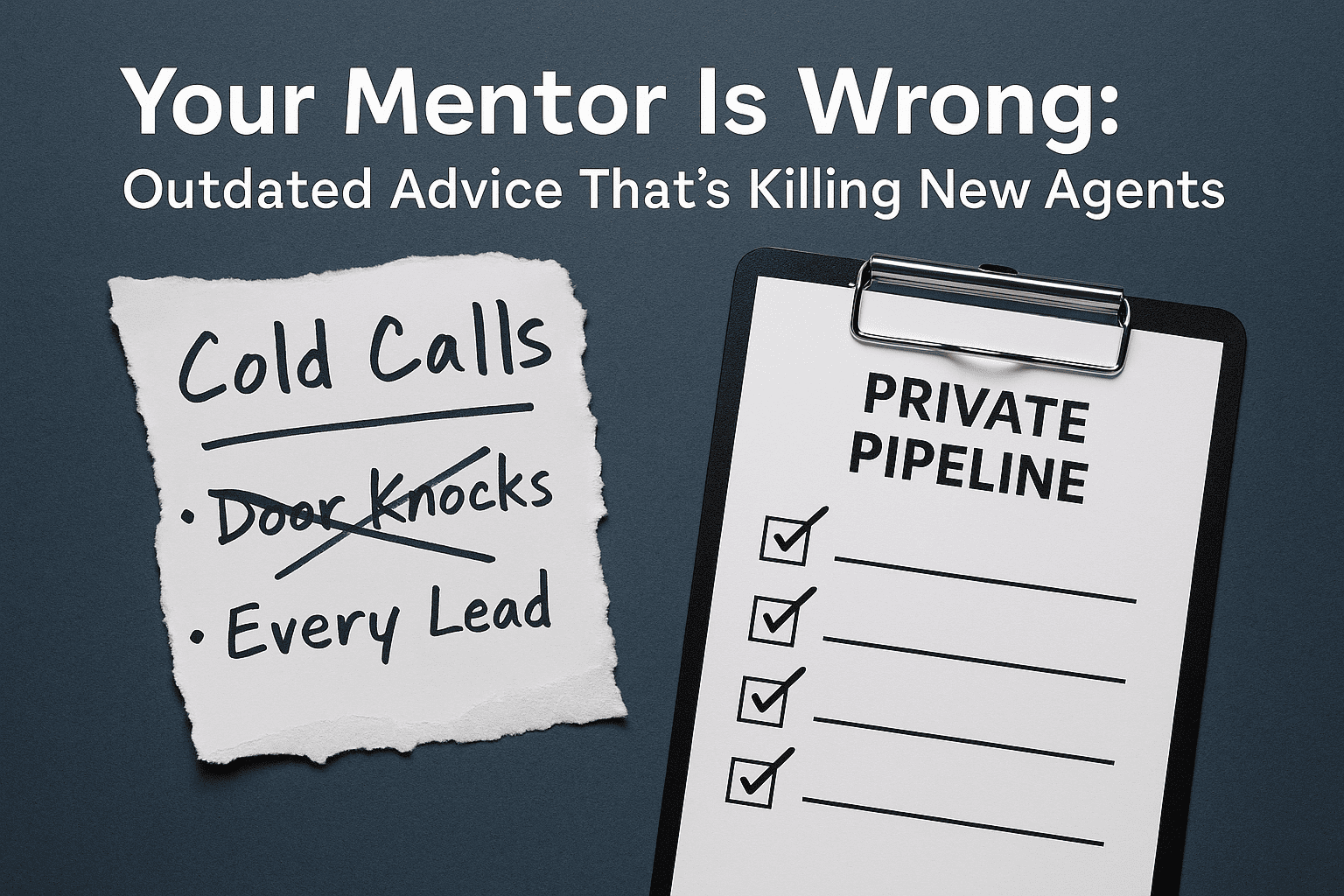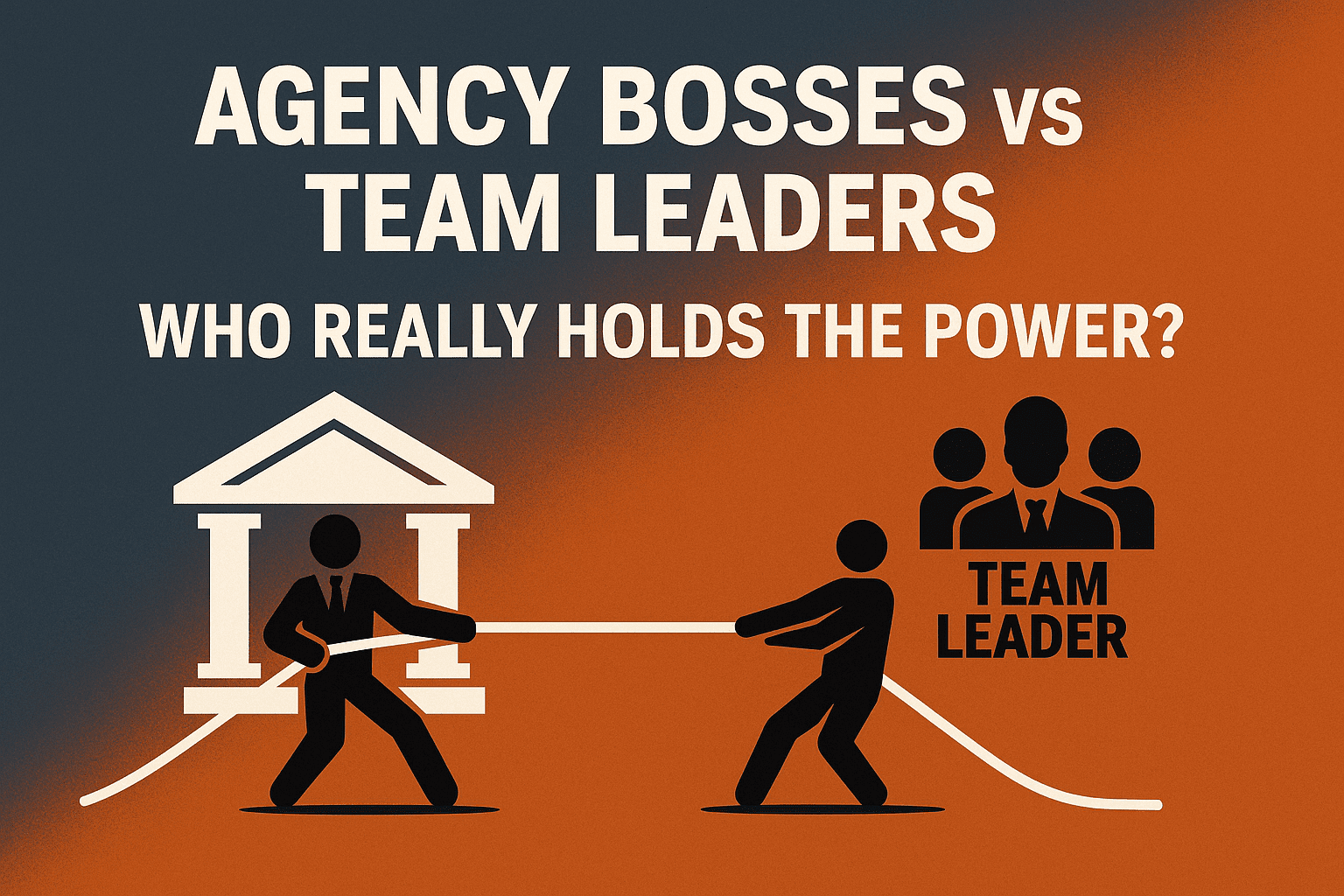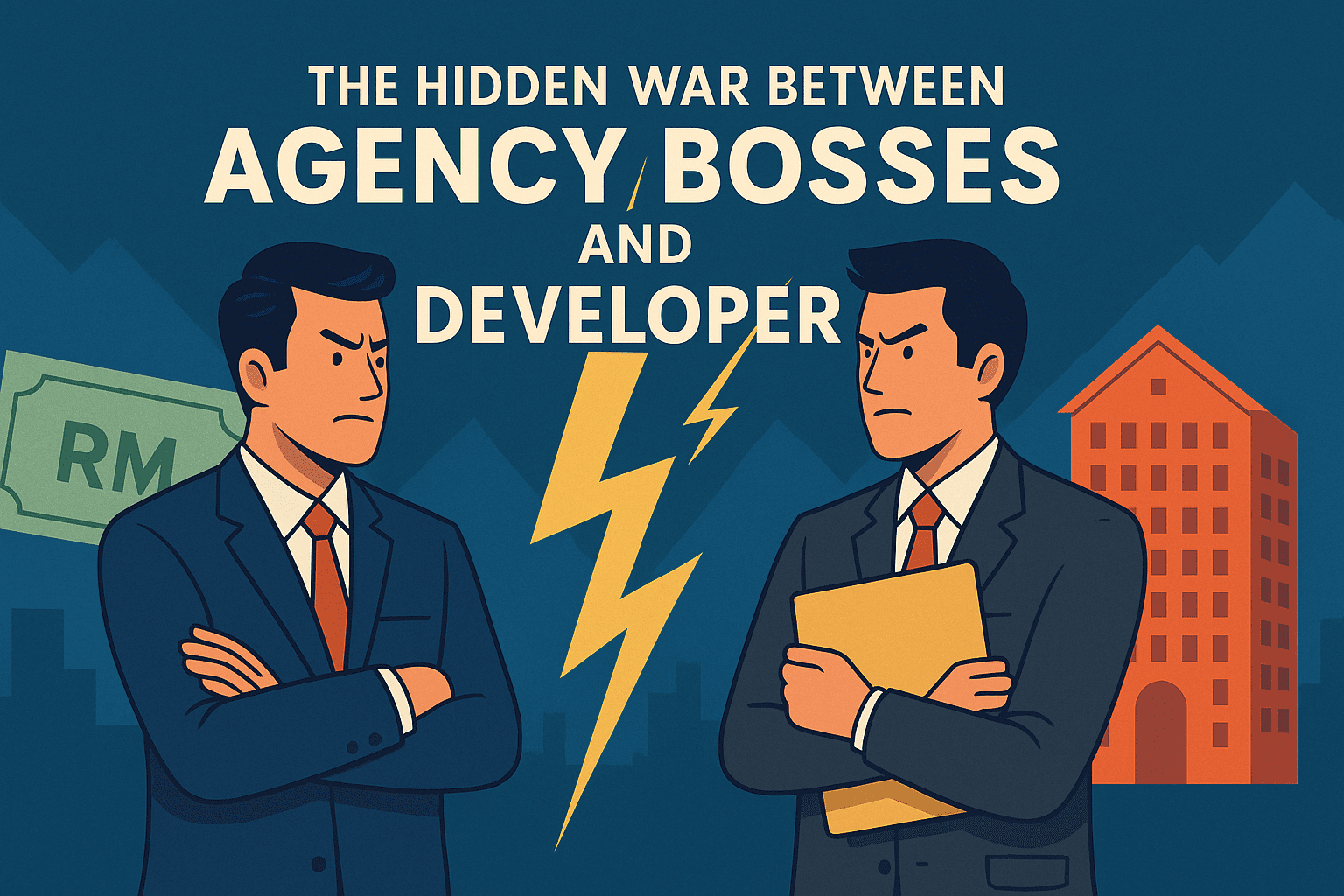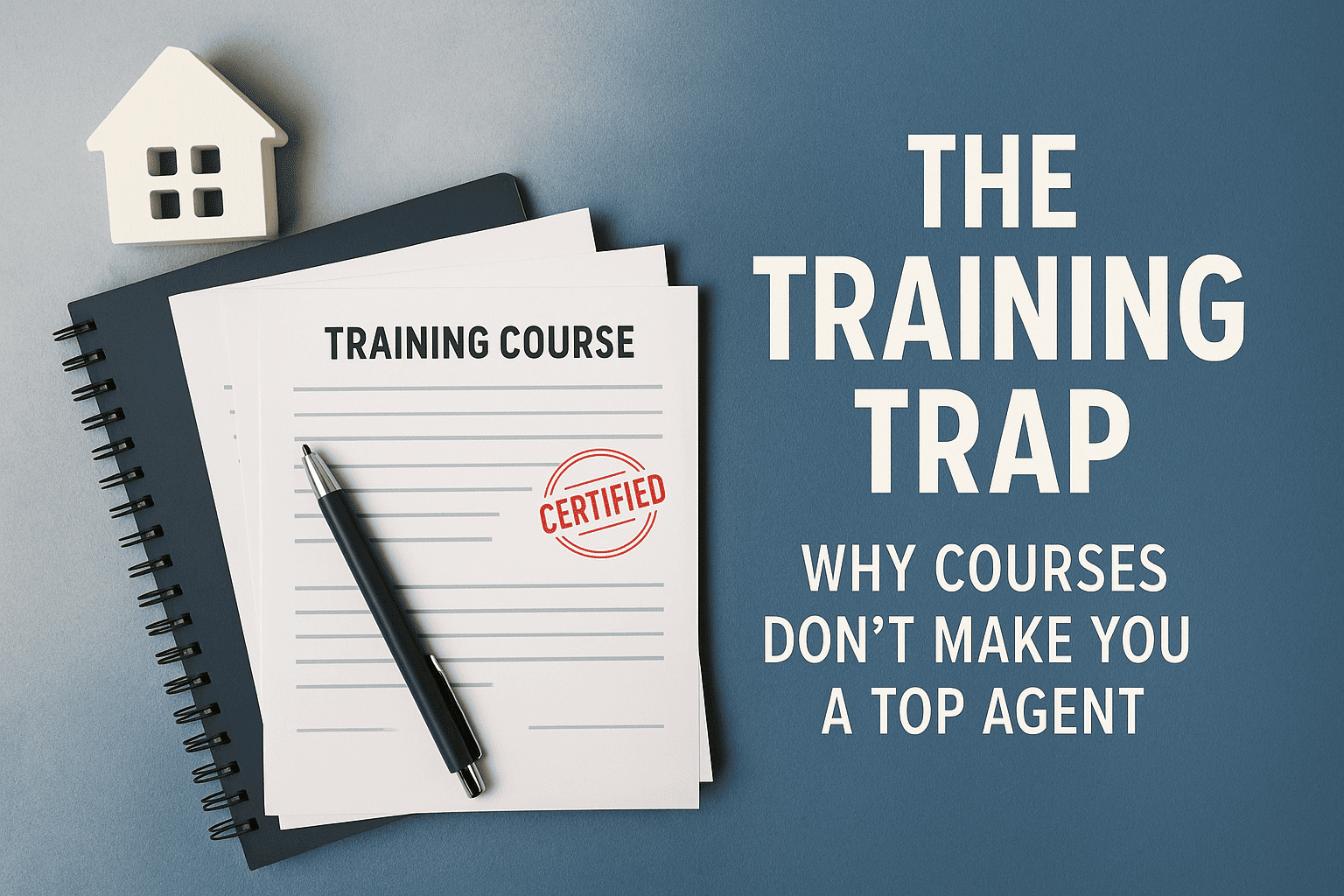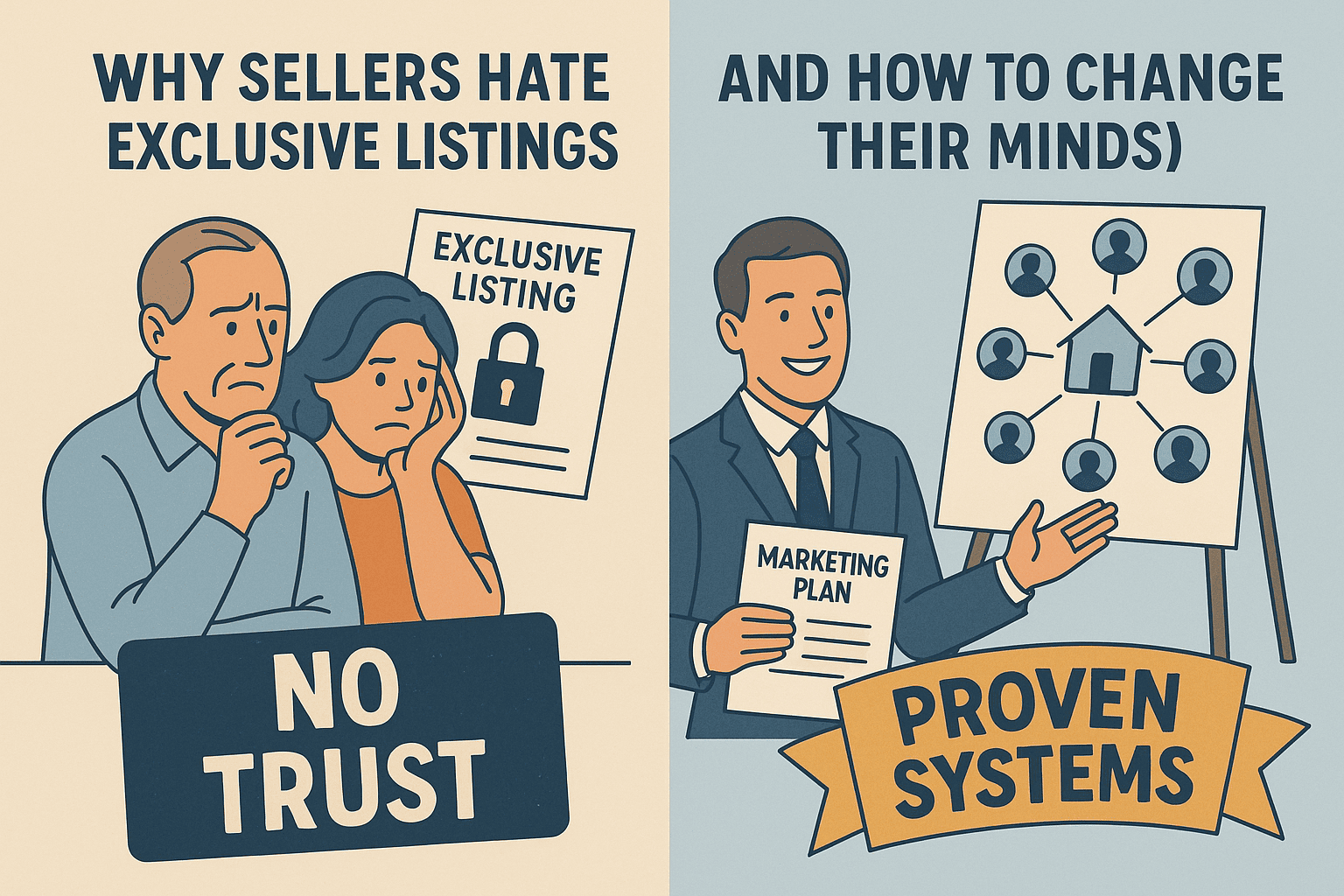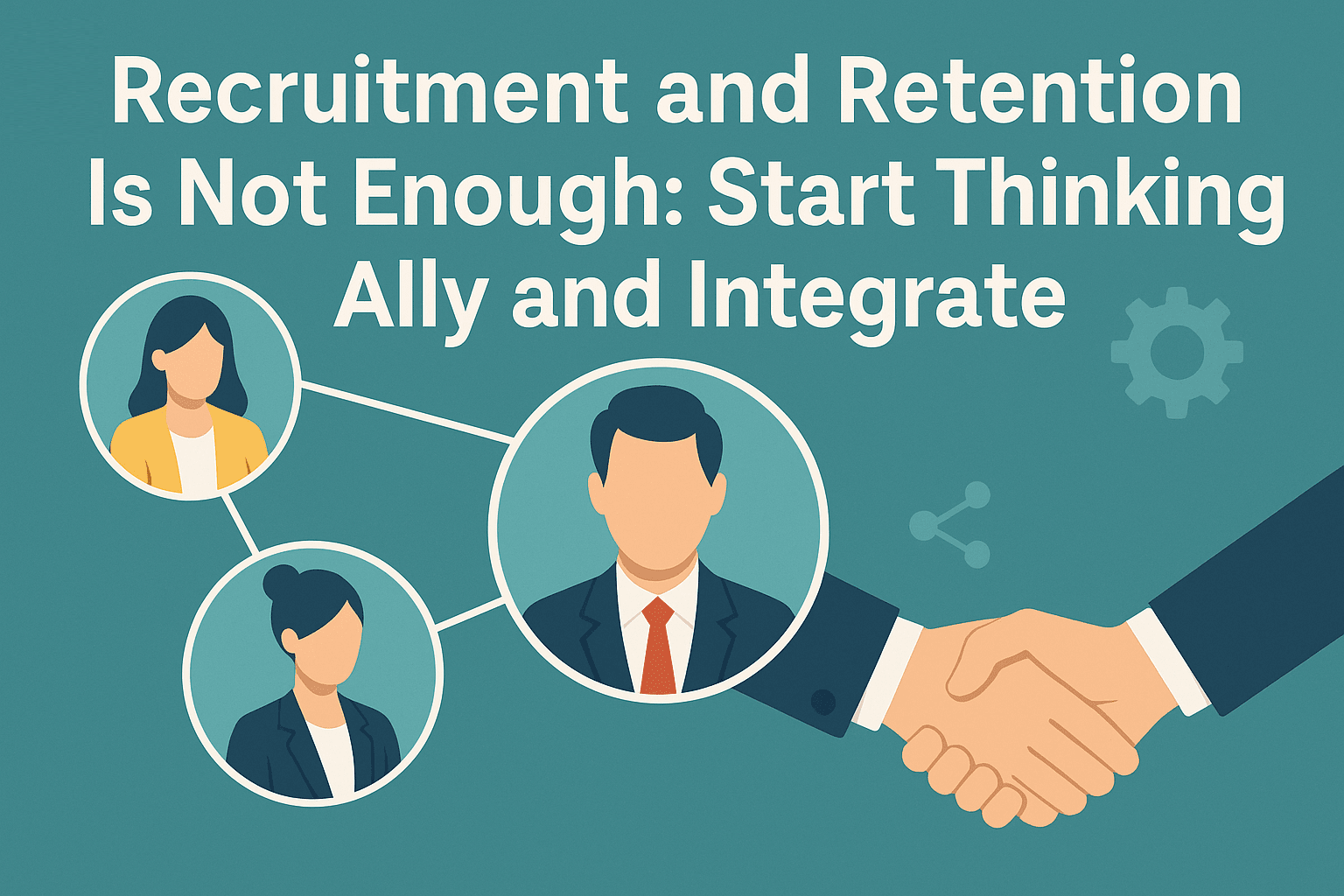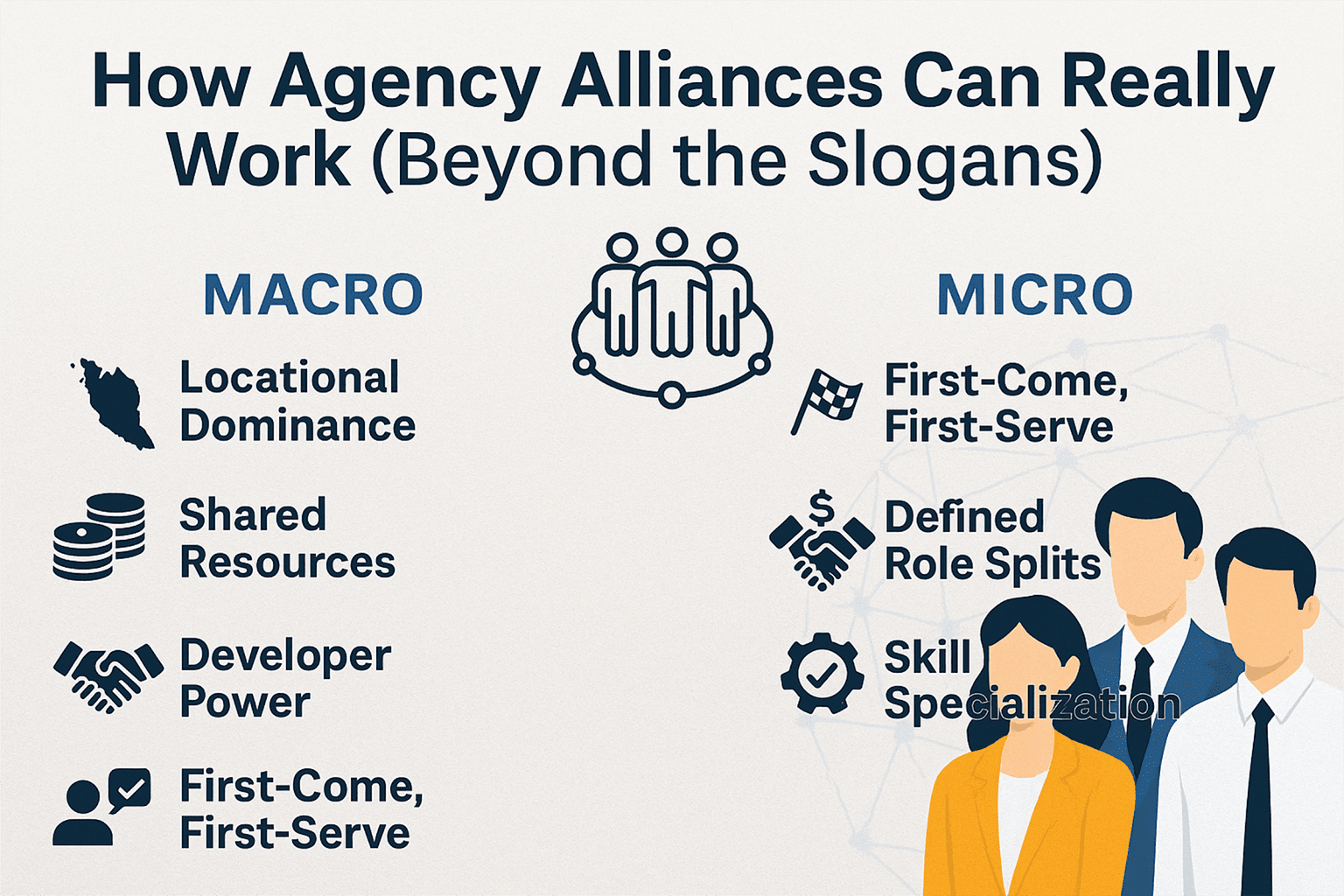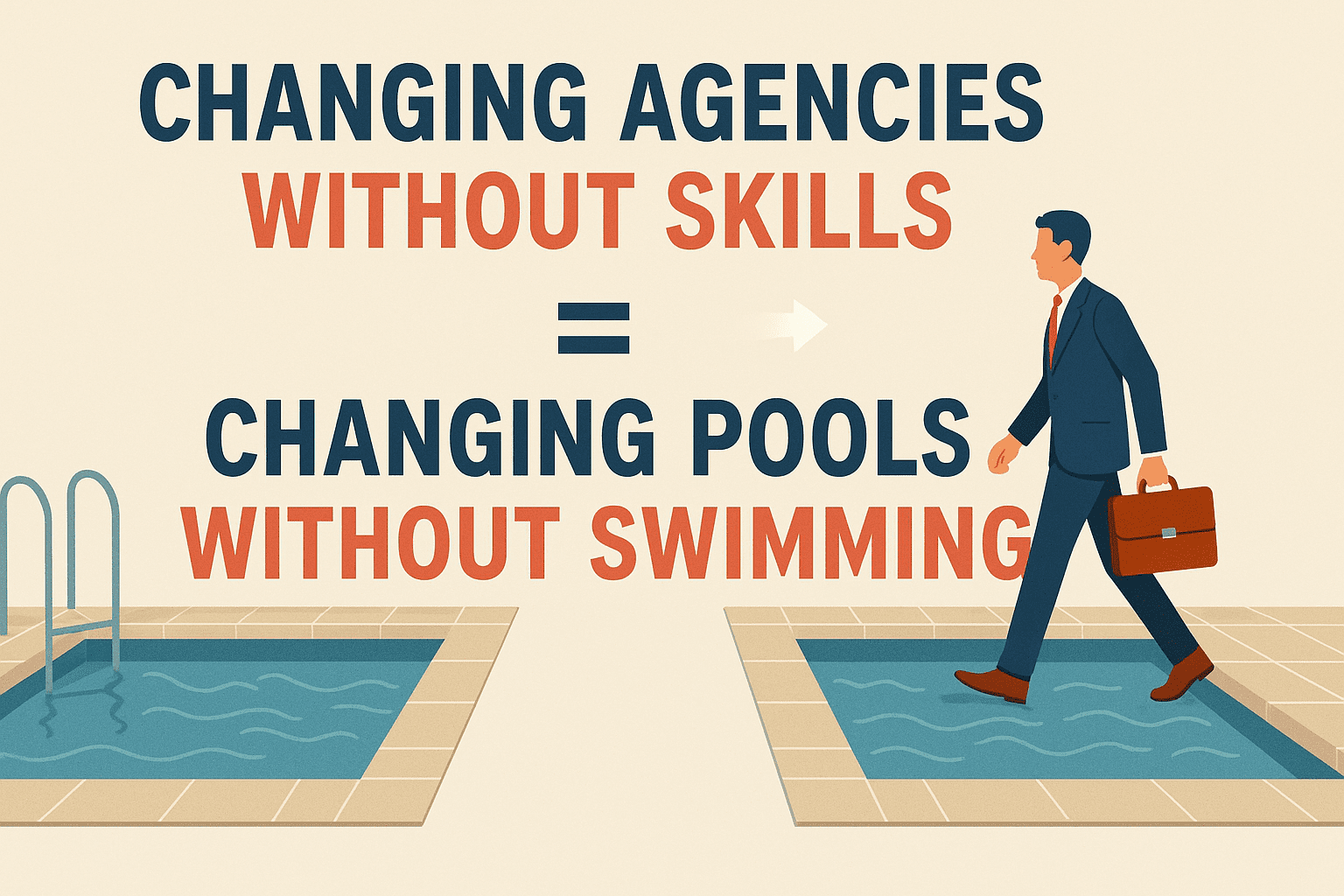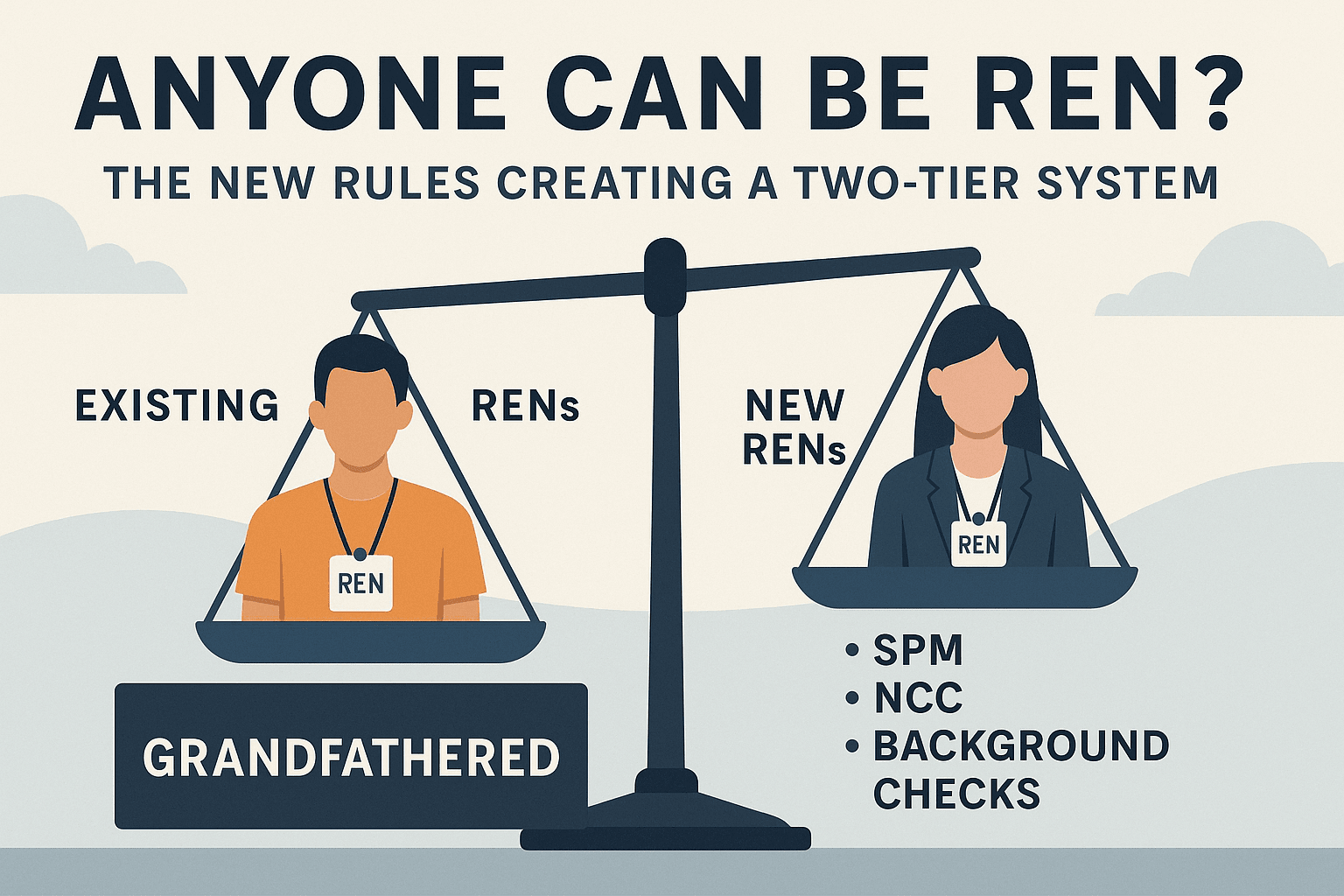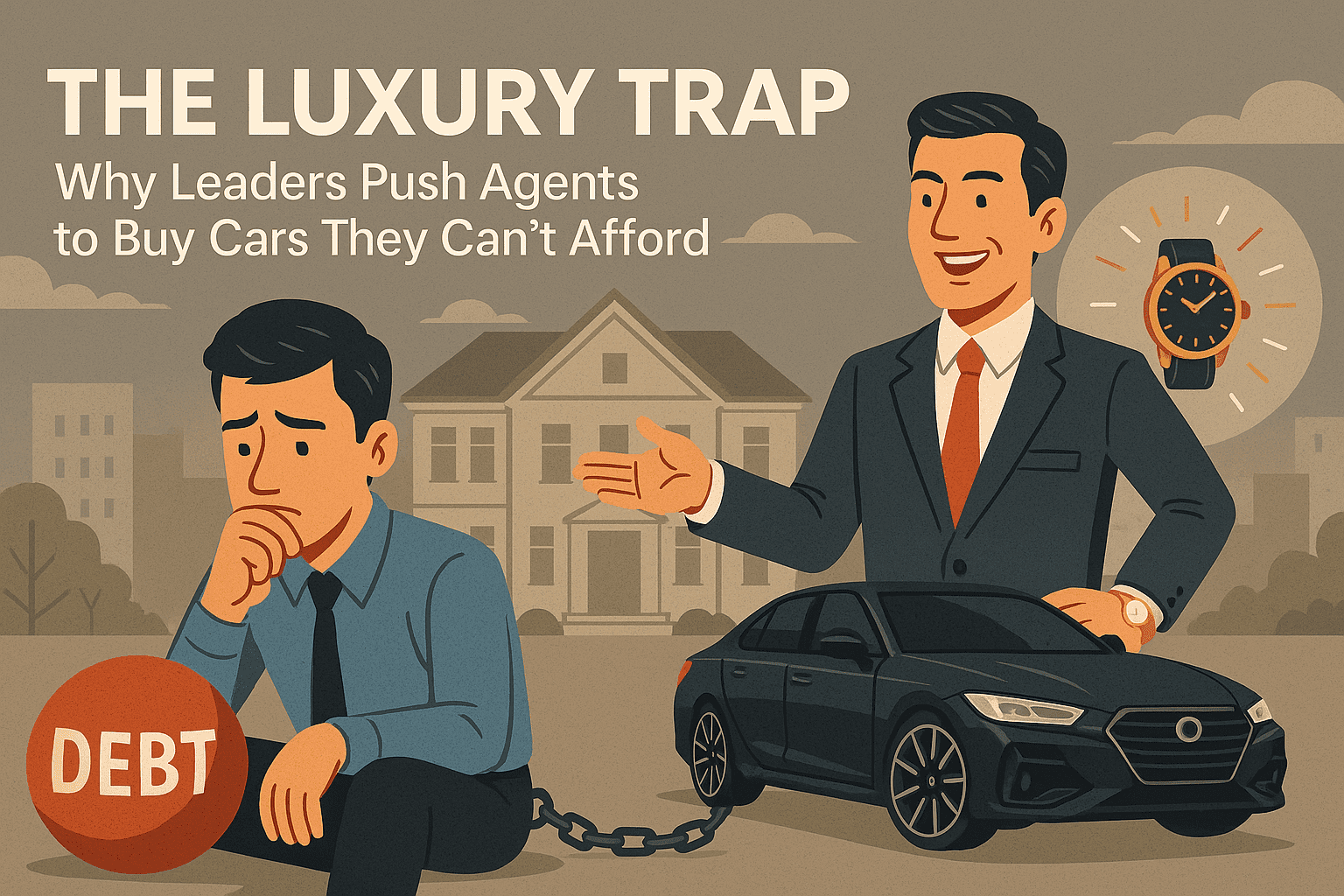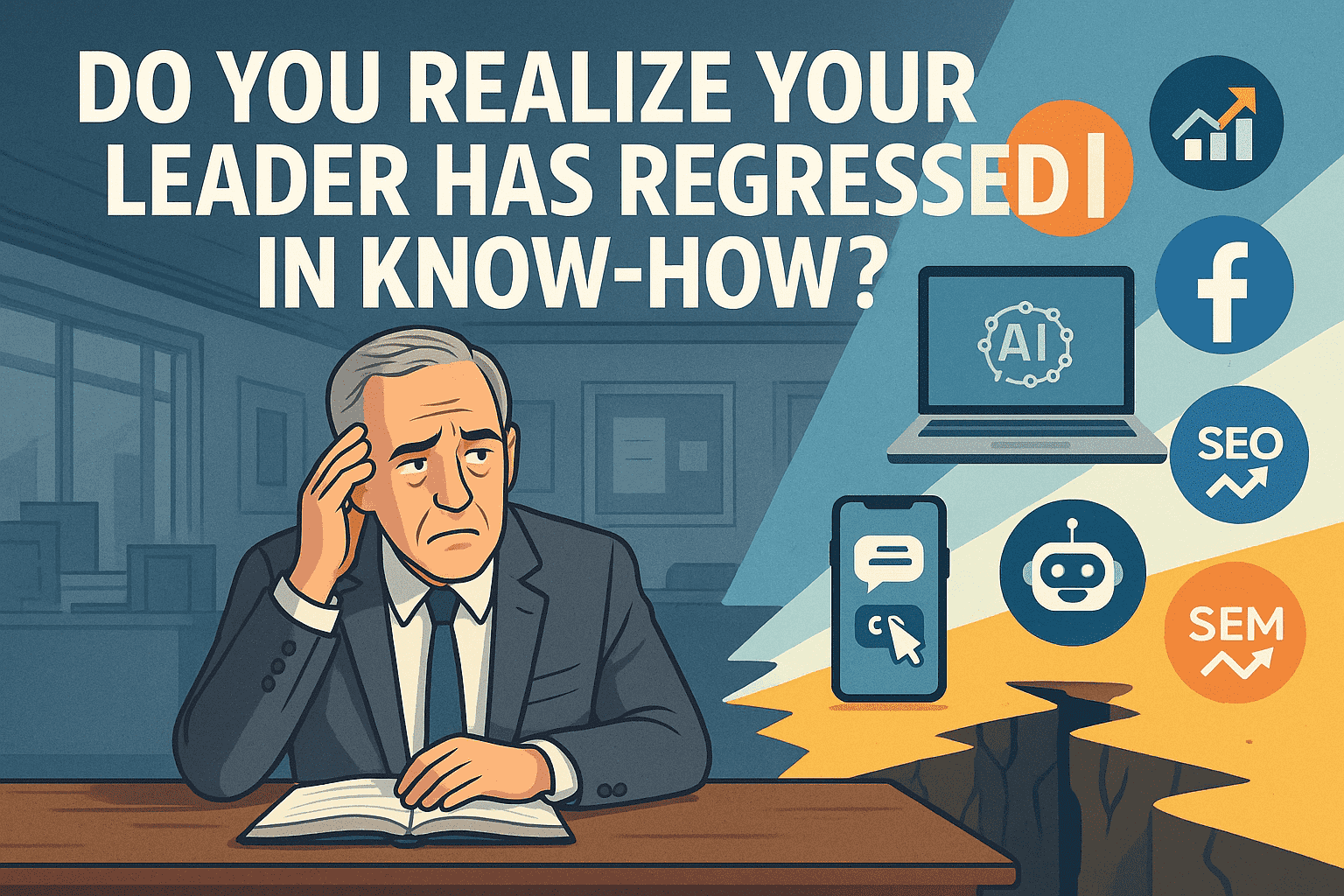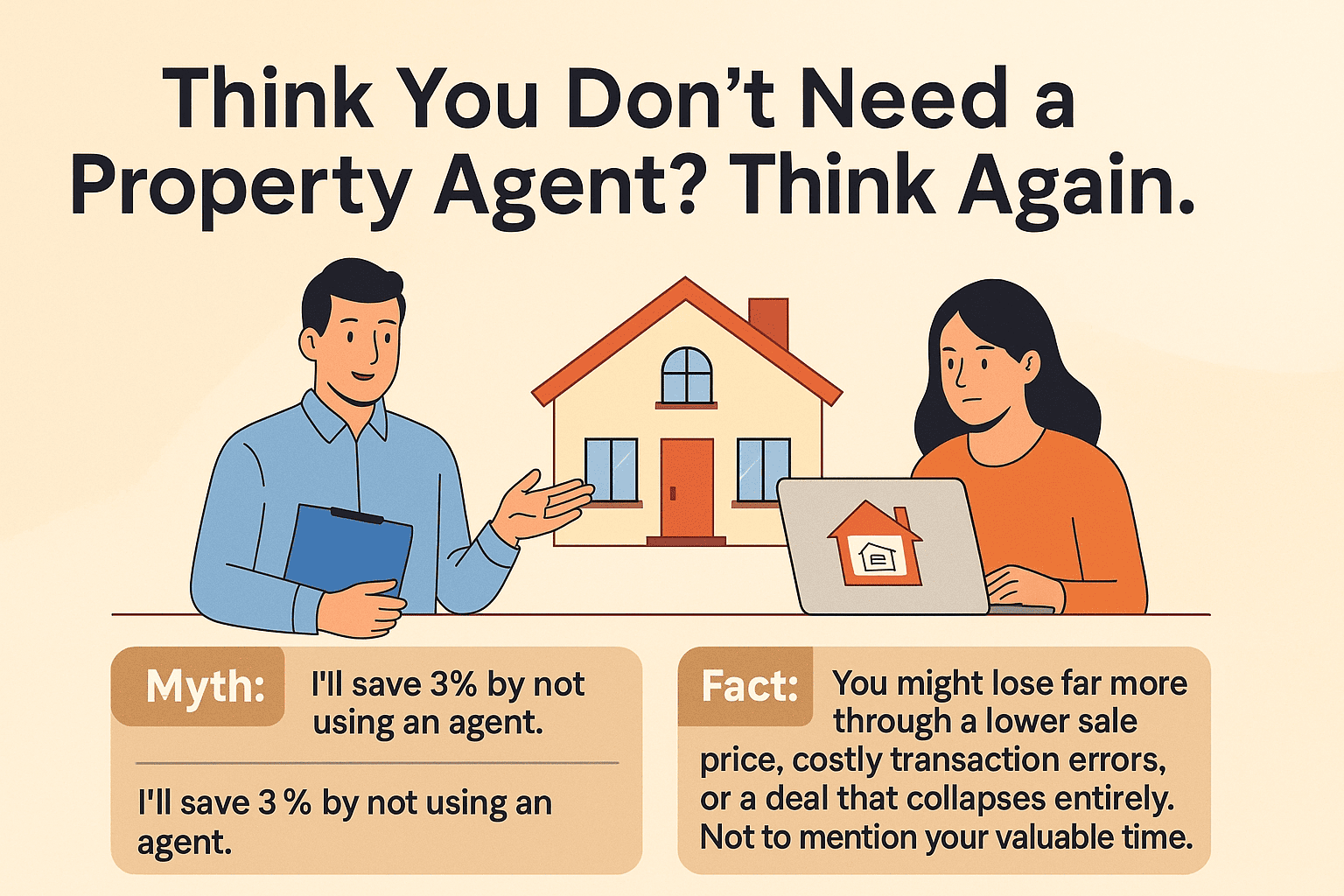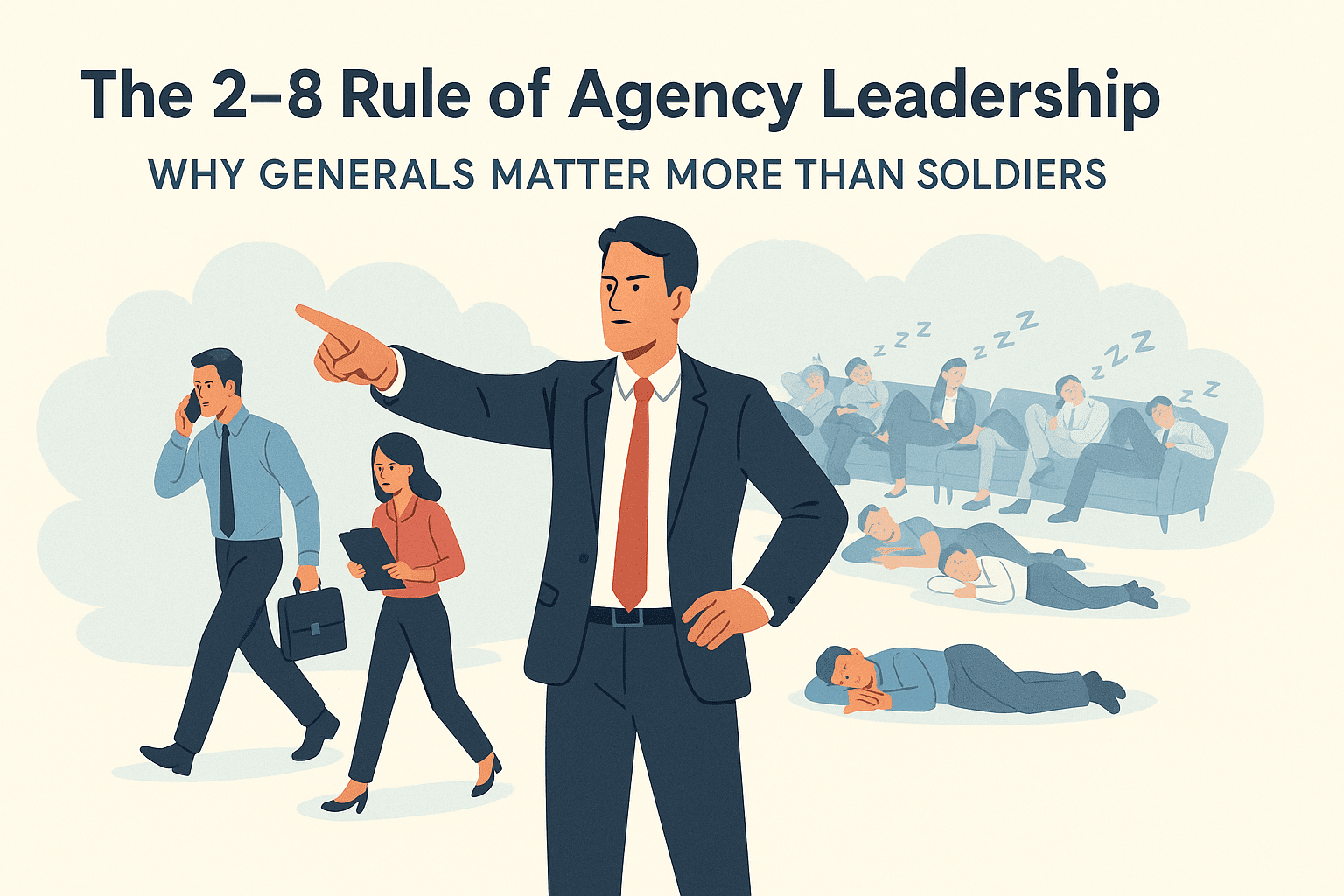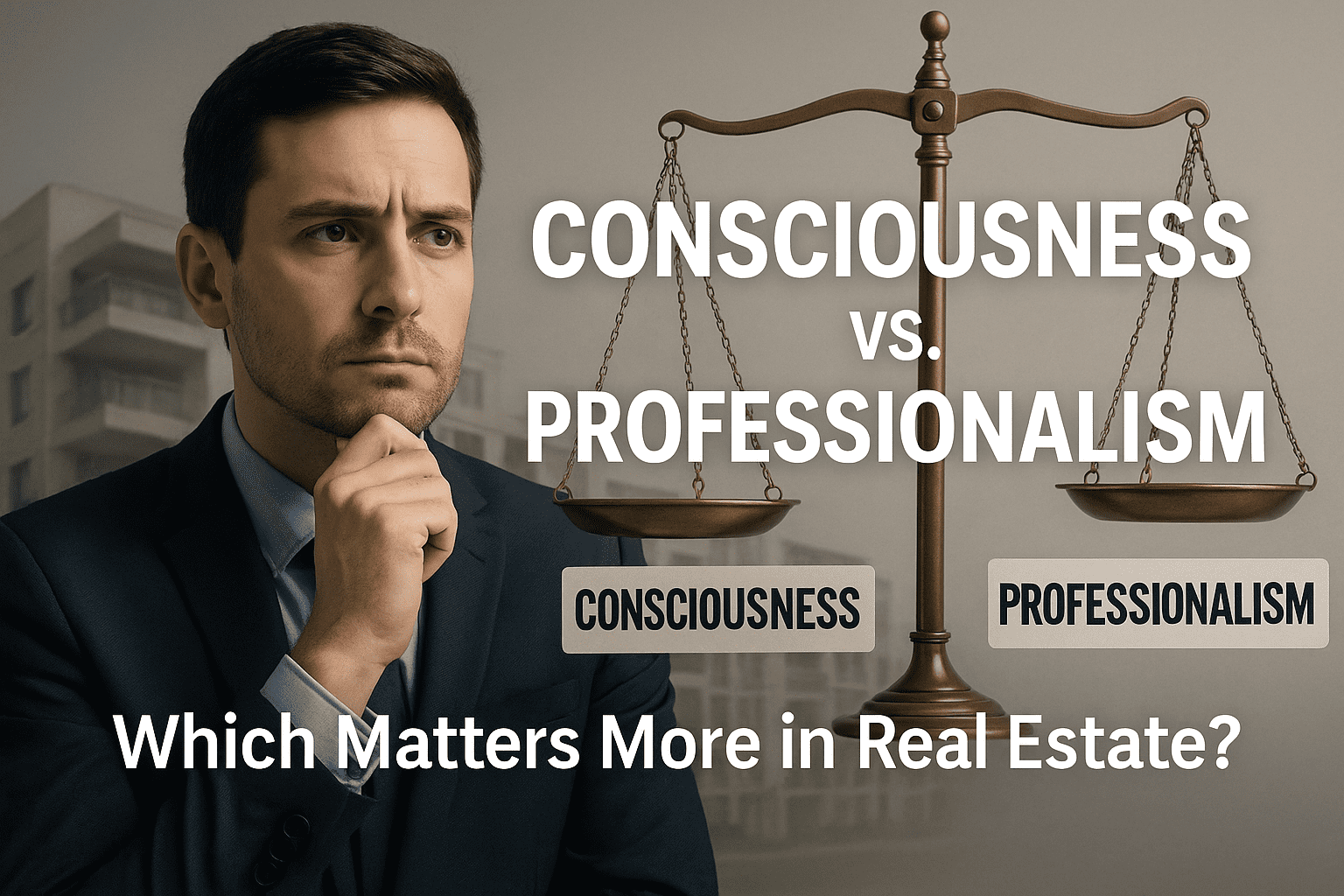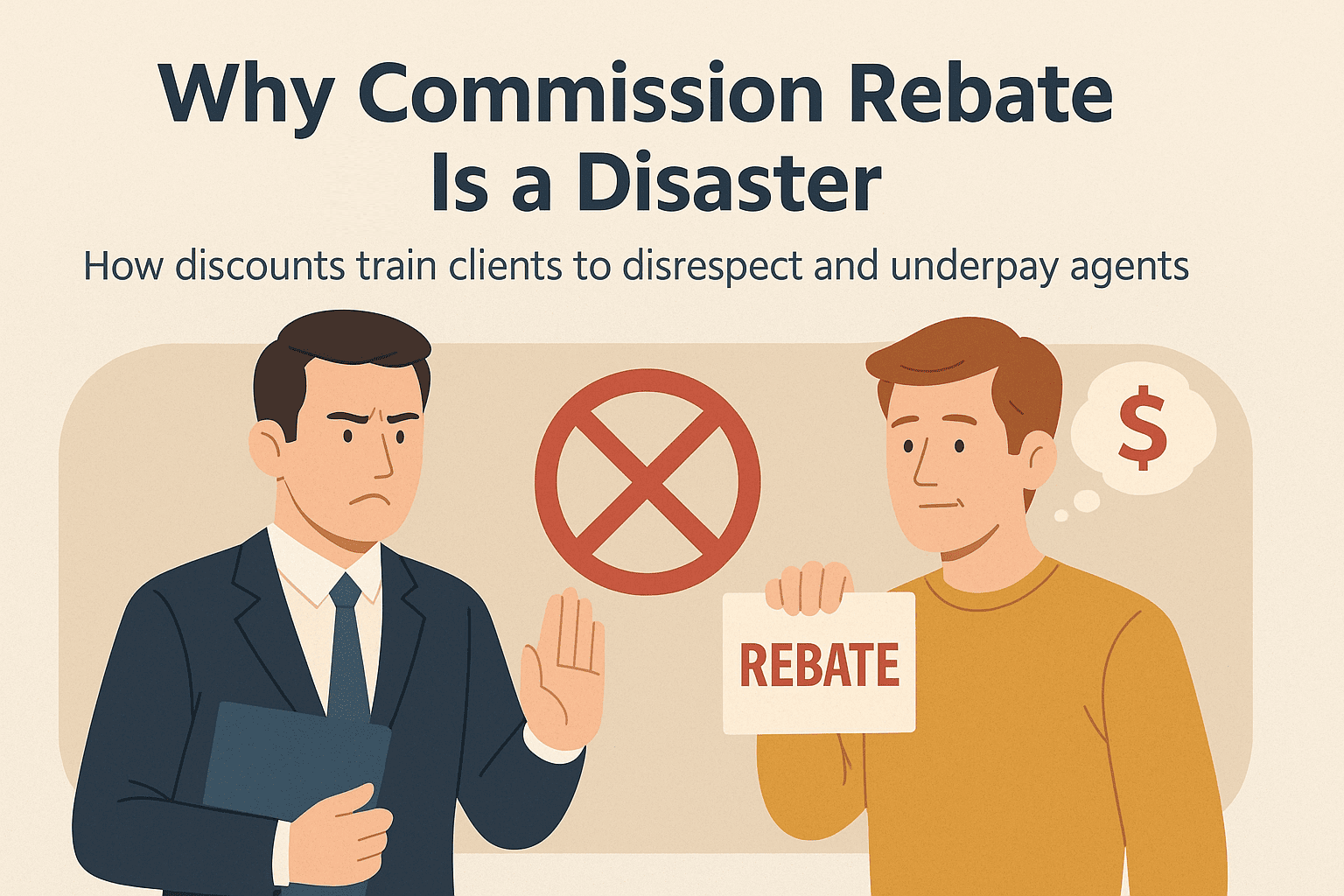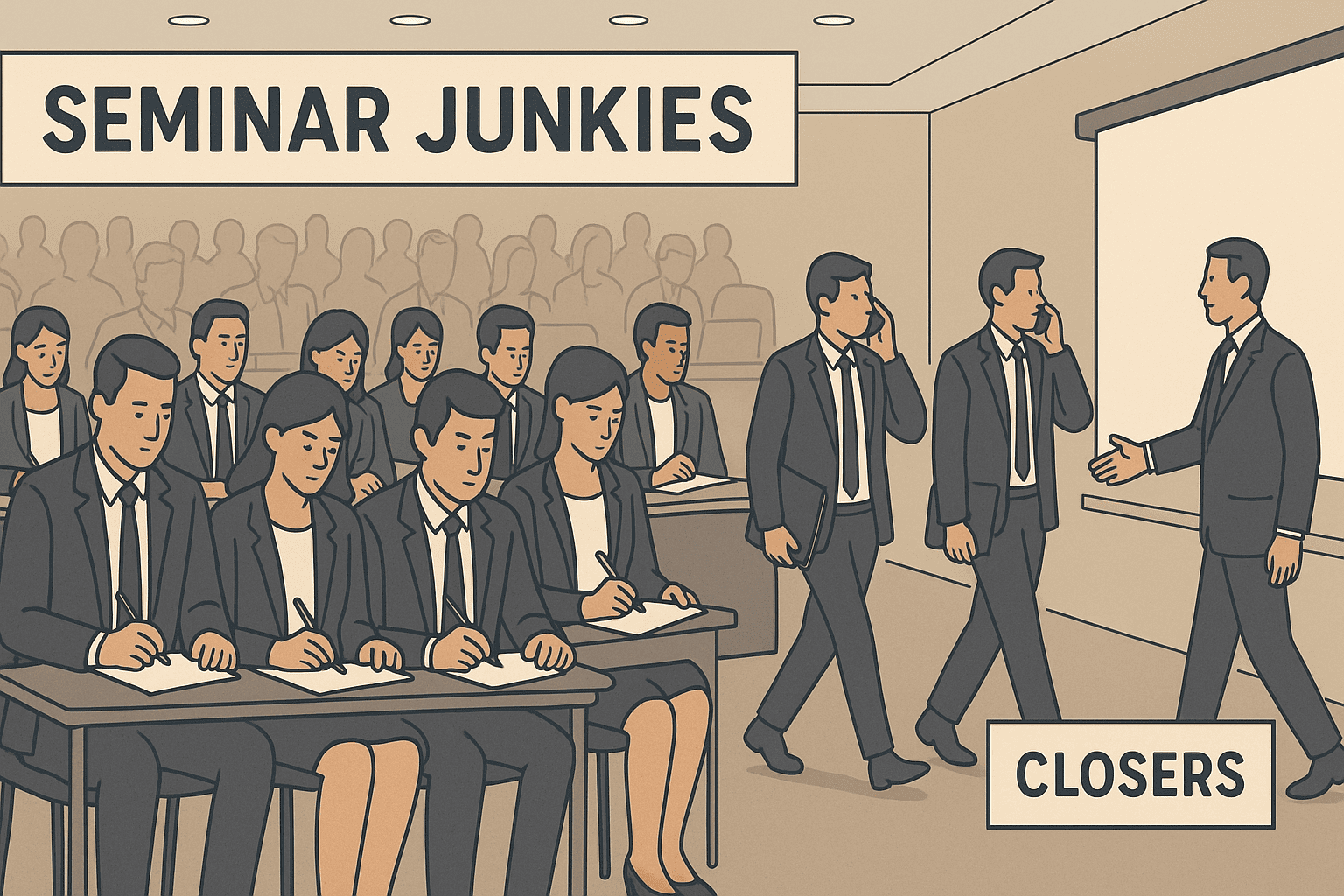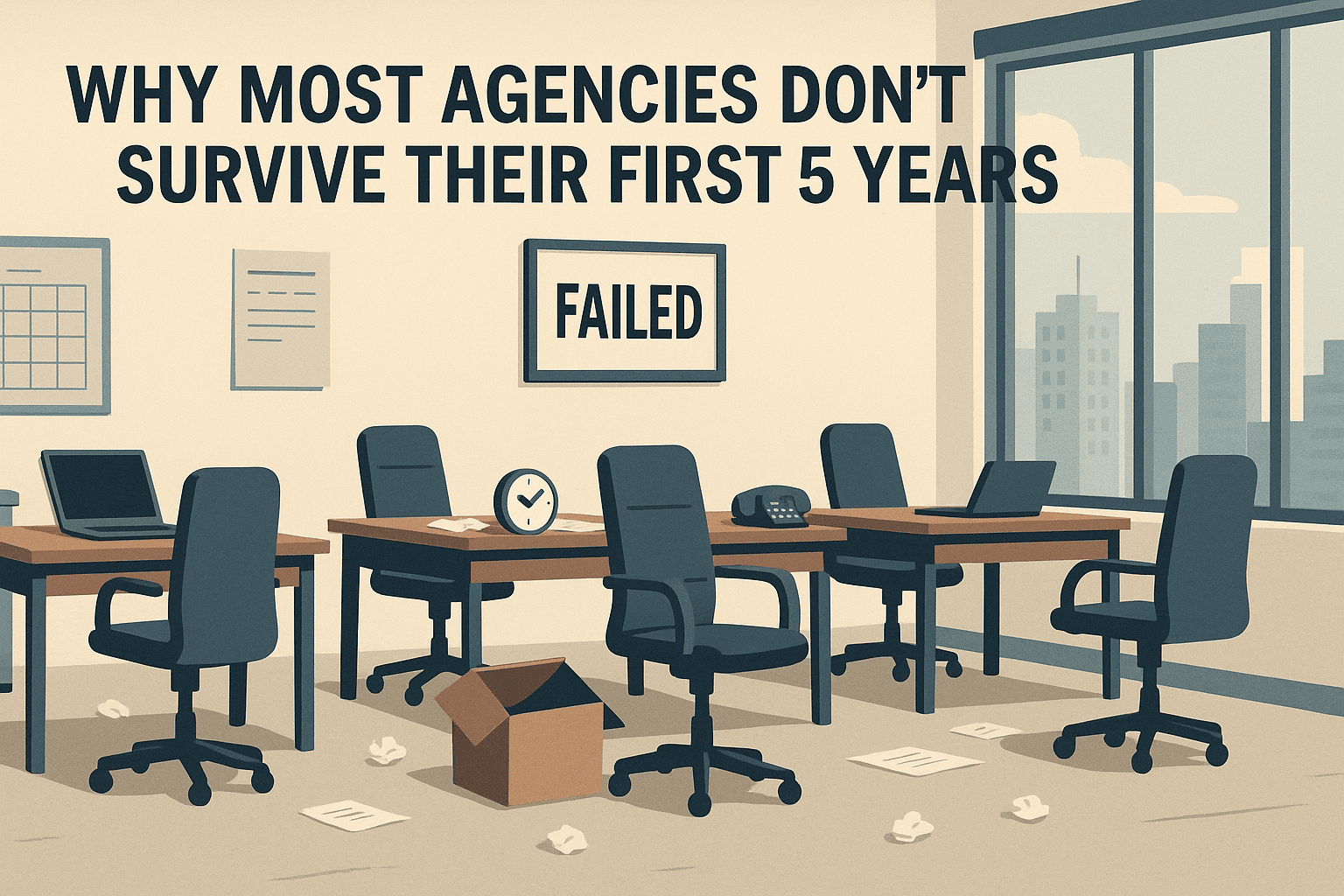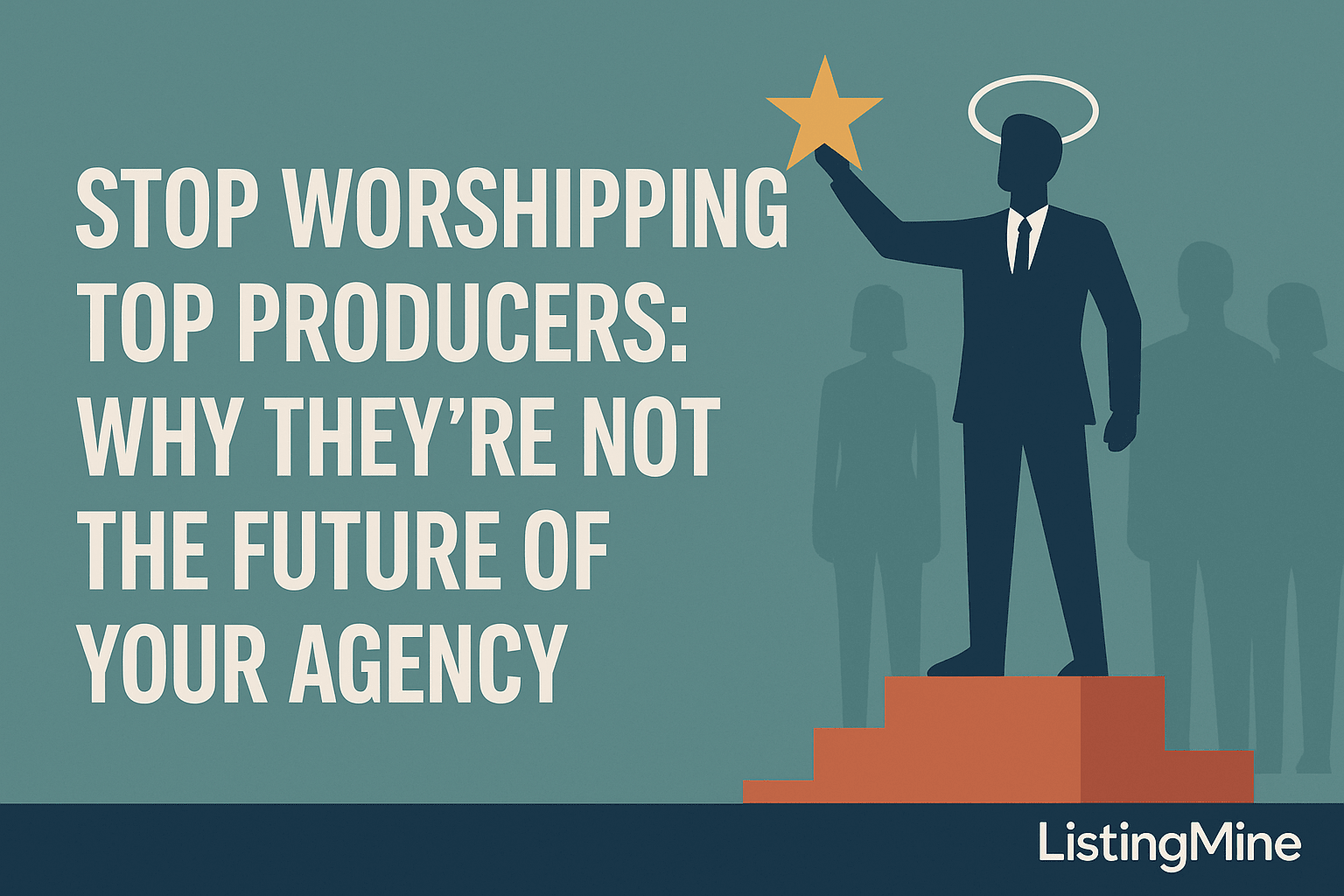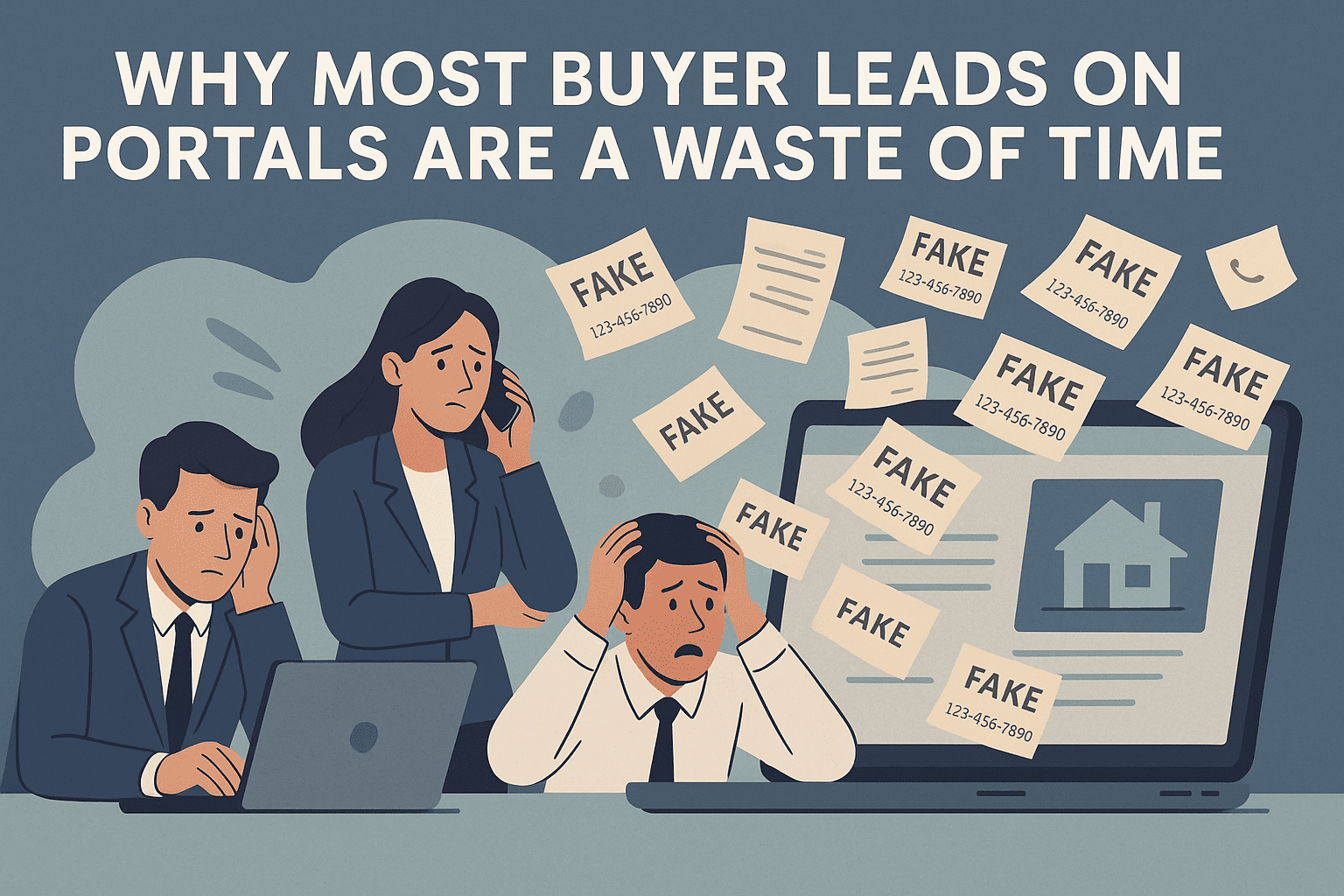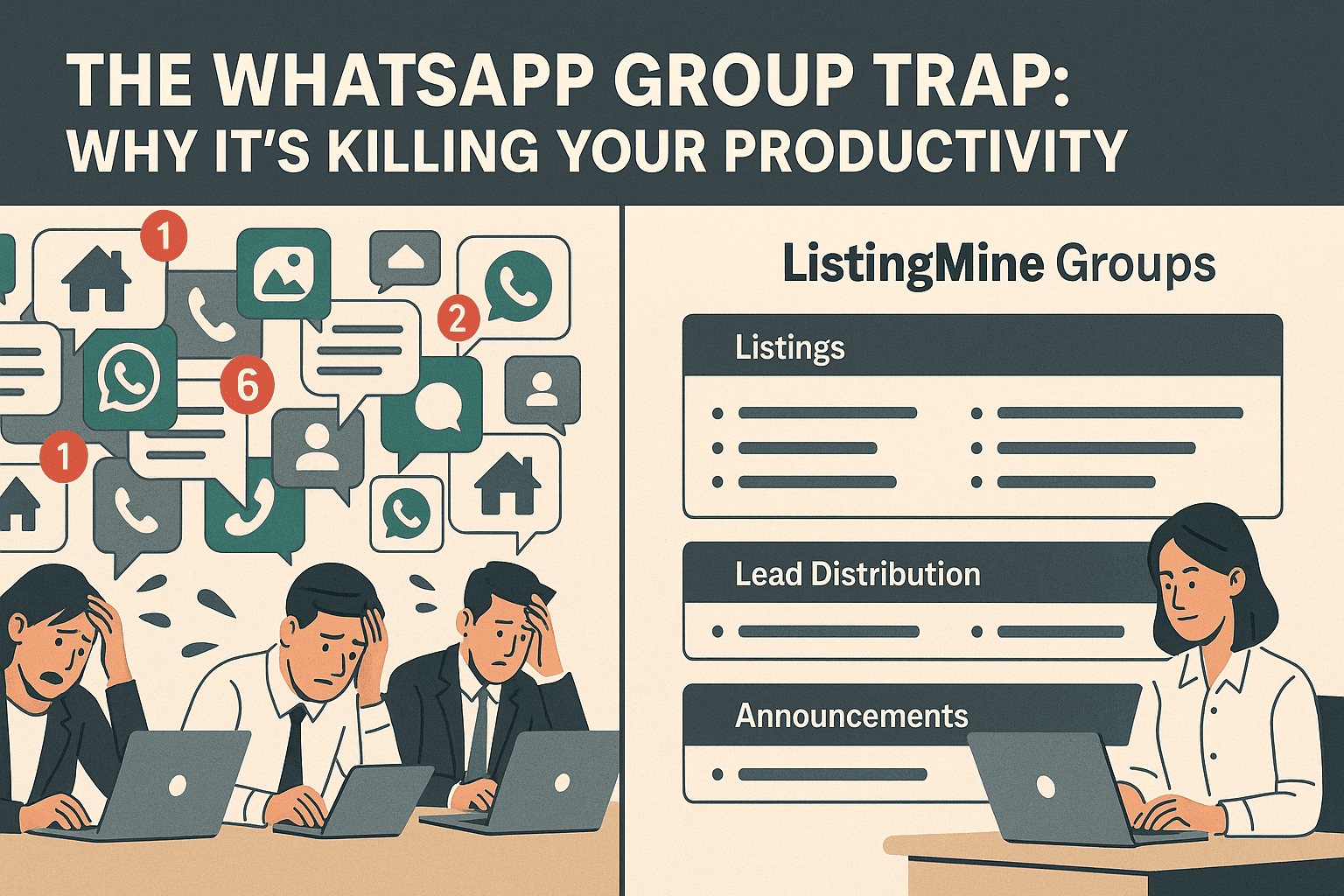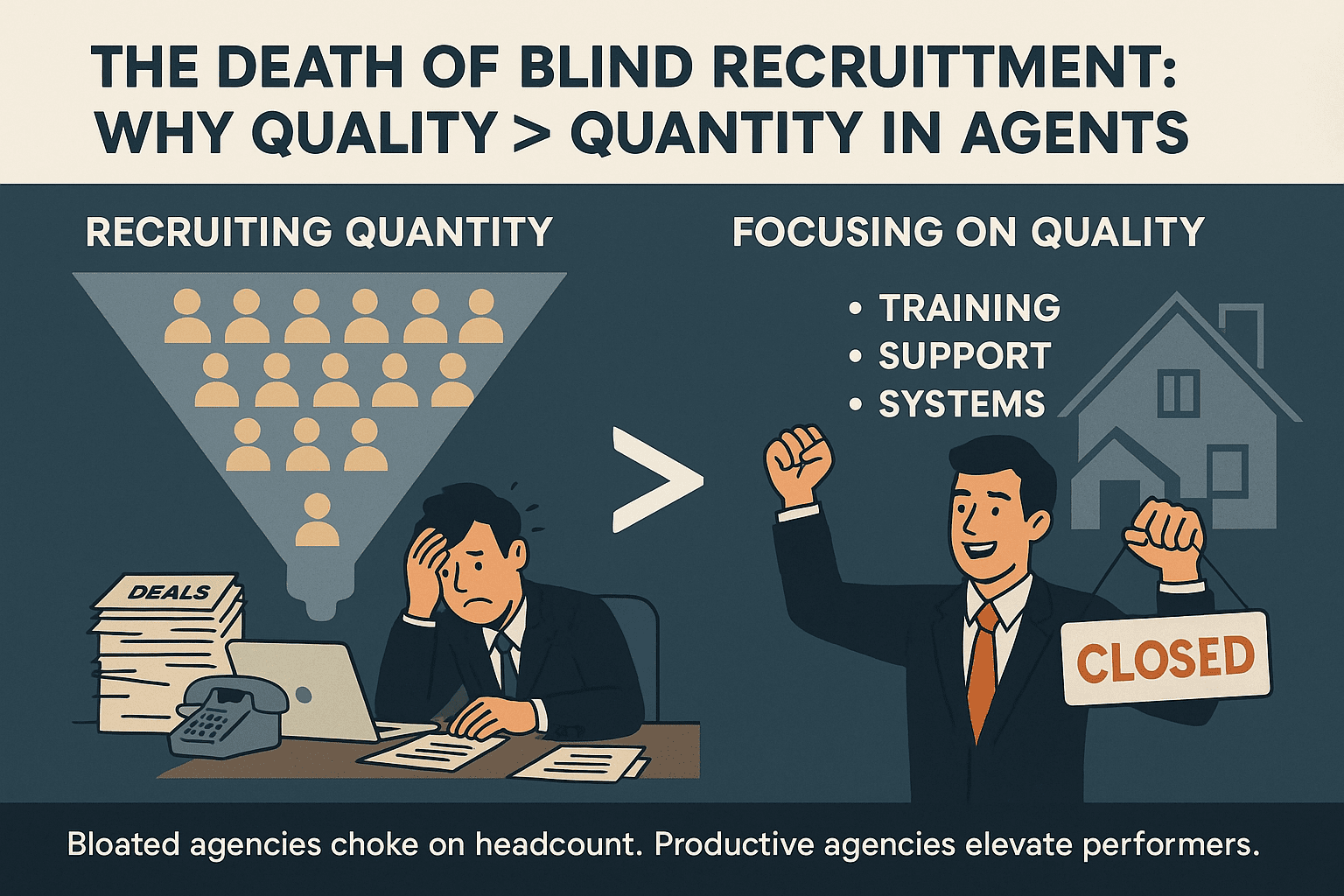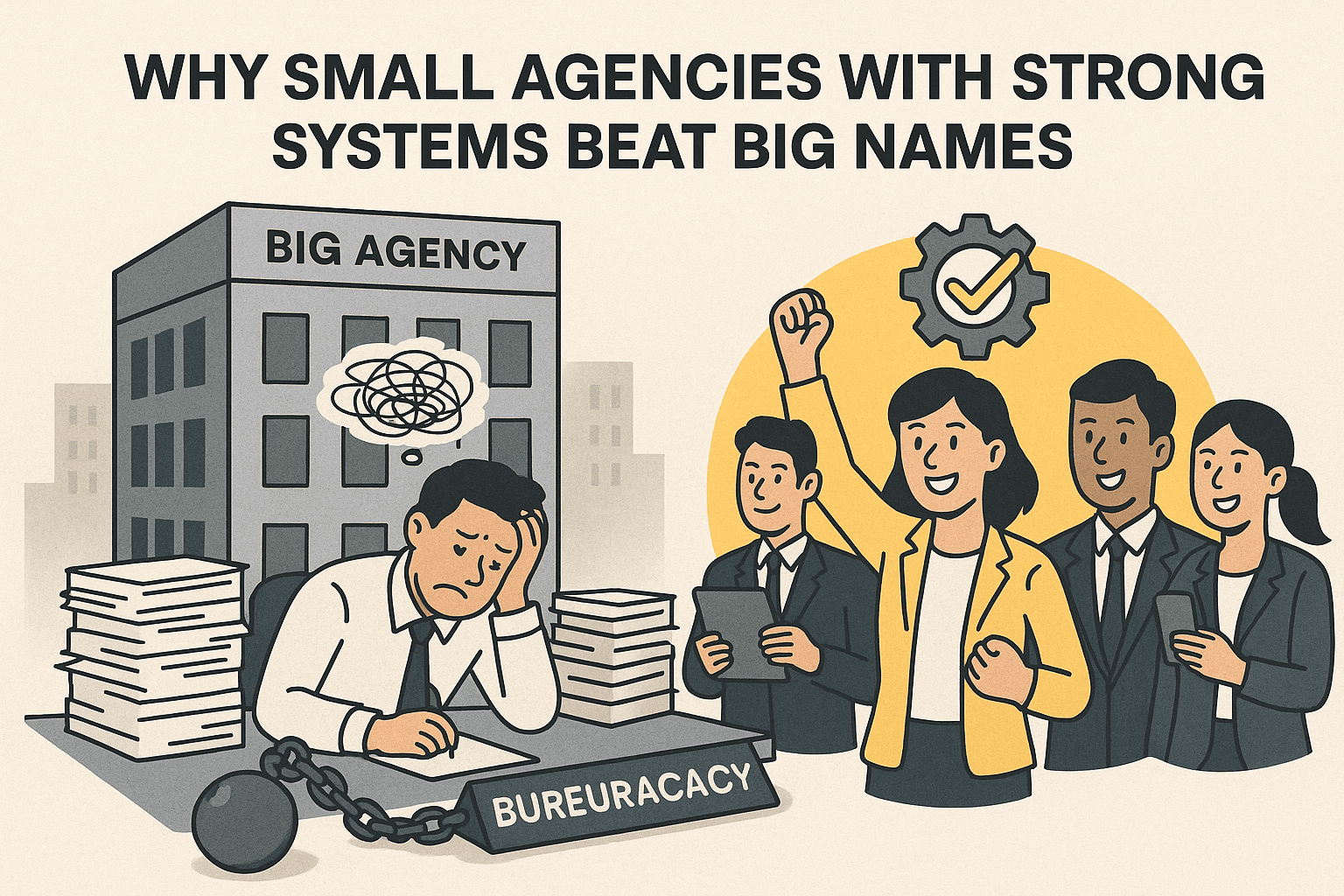The Missing Course 2: Why REAs Never Learn Complete Co-Broking in School

1. The Law We Learn vs. the Reality We Face
Every aspiring Registered Estate Agent (REA) studies the National Land Code, Act 242, and the ethics that govern agency practice.
We learn about appointment letters, client accounts, and fiduciary duties — but not what actually sustains the industry: co-broking.
On paper, co-agency sounds simple — two agents share a deal.
In reality, it’s a complex web of trust, incentives, and hidden negotiations that shape recruitment, retention, and revenue.
Yet nowhere in Malaysia’s real-estate syllabus does a student learn how co-broking really works or why it breaks down.
2. The Blind Spot: Co-Broking as a System, Not a Transaction
Co-broking isn’t a side topic — it’s the backbone of agency growth.
Every “1,000-agent” brand is actually a matrix of internal and external co-broking relationships, not a payroll.
But real-estate education treats co-broking as a single clause in the law, not an operational system.
No one teaches the behavioural economics, power structures, or incentive models that determine whether collaboration builds trust or breeds chaos.
3. What They Never Taught Us: The Two Worlds of Co-Broking
Internal Co-Broking — The Ecosystem Within
- Same-Branch Sharing: Two negotiators under the same leader split a deal — straightforward in theory, contentious in practice.
- Inter-Branch Cooperation: Agents from different branches work together, often colliding over overrides and credit.
- Recruitment Co-Broking: The real expansion model. Leaders recruit under a shared brand but run their own mini-teams, sharing listings and commission without formal employment.
These alliances power large agencies — yet most bosses mistake them for employment hierarchies.
External Co-Broking — The Wild Frontier
- Alliance Co-Broking: Structured partnerships with written agreements.
- Stranger Co-Broking: The informal world of WhatsApp and portals.
- Referral Co-Broking: Flat-fee lead transfers.
- Non-Agent Co-Broking: Collaborations with bankers, lawyers, or owners — often legally grey.
Without structure, these models rely on personal trust — and collapse just as easily.
4. The Dark Side No Textbook Covers
In theory, co-broking is cooperation. In practice, it’s a negotiation game disguised as teamwork. Common breakdowns include:
- The Bypass: A partner cuts you out after getting the buyer’s number.
- The Free Rider: One does 90 % of the work, both split 50 %.
- The Address Trick: Co-broke used only to obtain the property location.
- Fake Collaboration: Deals die not from client rejection but from agent mistrust mid-transaction.
No course prepares new agents for this reality — yet it’s the first battlefield they enter.
5. The Chain Reaction: When Co-Broking Turns Multi-Layered
Real-world deals rarely stay two-sided. They stretch into A → B → C → D chains.
Each relay distorts information, divides commission, and delays viewings.
By the time the buyer reaches the property, accuracy and urgency are gone.
This “broken telephone” model explains why most co-broking fails — and why formal study of its mechanics is overdue.
6. The Future: Co-Broking 2.0 — Role-Based Collaboration
If The Missing Course 1 showed commission as architecture, this chapter frames co-broking as engineering.
The old 50/50 split is obsolete.
Co-Broking 2.0 introduces role-based fairness — rewarding contribution, not mere participation.
For Subsale Properties
- Lister • Key Holder • Documentation Agent • Buyer Introducer • Viewer • Closer • Loan Advisor
For New Projects
- Lead Generator • Appointment Setter • Site Agent • Closer • Platform Fee (Compliance + Branding)
Every function adds value; every contribution deserves recognition.
7. Why This Deserves a Classroom
No academic module today explains:
- How internal vs. external co-broking drives or destabilises growth.
- How to design fair multi-party collaboration frameworks.
- How to align co-broking with digital ERP and data compliance.
Co-Broking 2.0 is not merely a management tactic — it’s an emerging discipline of Agency Collaboration Design.
It deserves structured study, not trial and error.
8. The Case for a “Co-Broking Systems” Module
A proper curriculum could include:
- Behavioural Economics of Cooperation — trust, risk, and reward dynamics.
- Network Architecture — mapping internal, external, and hybrid models.
- Fair-Play Governance — written structures that preserve transparency.
- Digital Enablement — encoding these rules into ERP systems.
Such a course would convert scattered experience into professional theory — and bring real consistency to the industry.
9. The Platform That Makes It Real
ListingMine ERP operationalises these concepts.
It allows agencies to define and test co-broking logic without code or expensive customisation — enforcing fairness automatically while letting culture drive flexibility.
What universities should teach, this system already proves in practice.
10. The Pain of Losing Team Leaders — and What It Really Means
Every agency boss knows the feeling — a team leader leaves, taking dozens or hundreds of negotiators.
It feels like betrayal, but the pain stems from misunderstanding co-broking itself.
Those team leaders were never employees.
You didn’t pay them a salary, contribute to EPF, or cover SOCSO.
They were never bound by employment law — they were co-broking partners operating within your brand and license for shared commissions.
When they “leave,” they’re not resigning — they’re moving from internal recruitment co-broking to external alliance co-broking.
It’s the same collaboration, just a different distance.
The mistake lies in perception.
Most agencies confuse alliance with employment, and network strength with ownership.
But co-broking is fluid by design — partnerships evolve; ecosystems expand.
If agencies formalise this reality — accepting team-leader graduations as evolution, not loss — the pain becomes opportunity.
Graduated leaders can remain as external alliance partners under structured collaboration frameworks.
The agency grows stronger through networks, not control.
This approach also enables a wholesale model — where team leaders design their own cultures and commission splits under shared infrastructure.
That freedom doesn’t fracture a brand; it scales it.
Only by understanding co-broking as the foundation of growth can agencies move from fear to empowerment.
You don’t lose your people — you evolve your partnerships.
About the Author
Marvin Foong is a registered real-estate agent, valuer, and property manager with nearly two decades of experience in Malaysia’s property industry.
He has built custom ERP systems for agencies since 2008 and has seen first-hand how co-broking shapes agency success or failure.
His mission is to formalise Agency Economics and Commission Architecture into academic study — turning Malaysia’s real-estate market from trial and error into a profession built on understanding.

